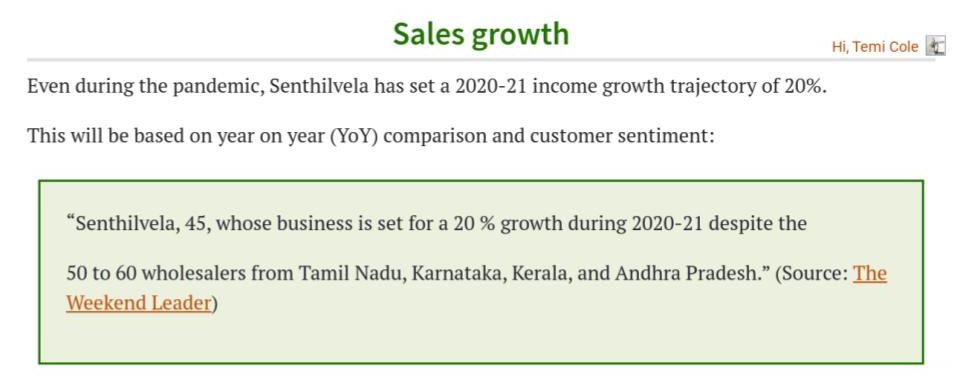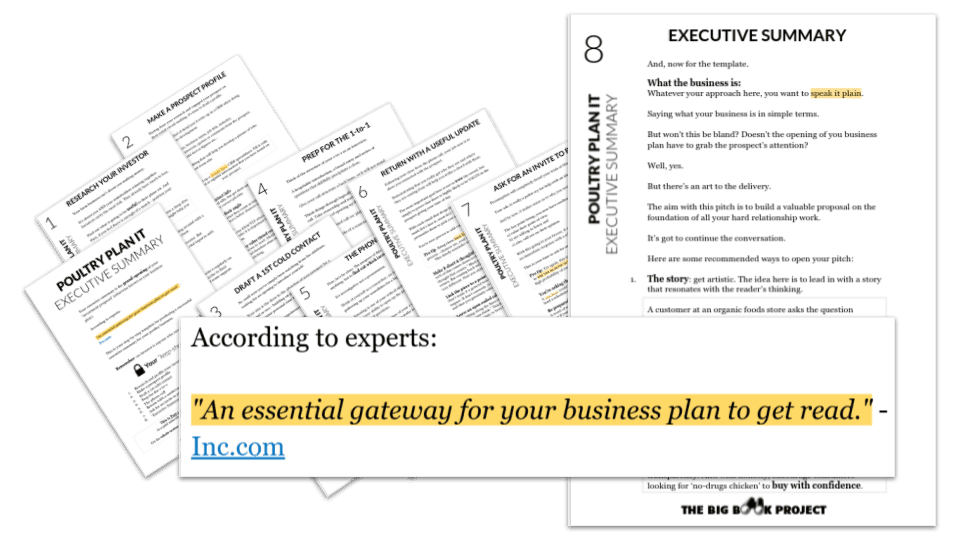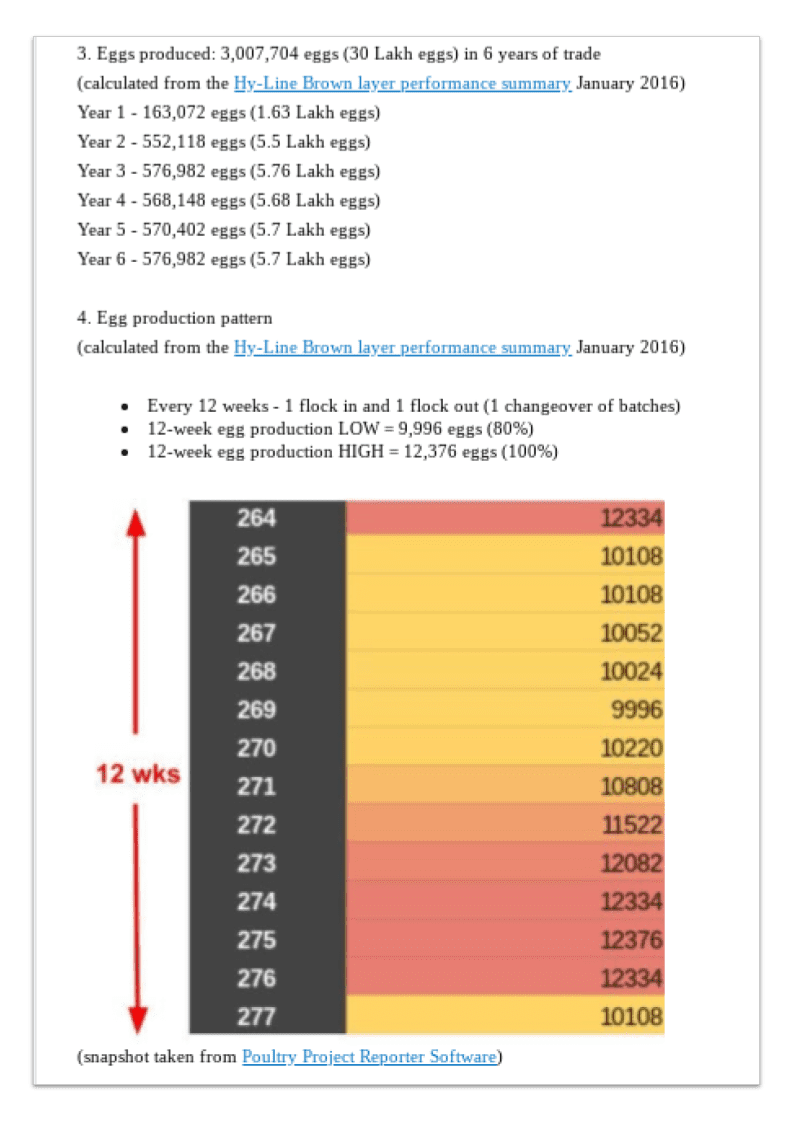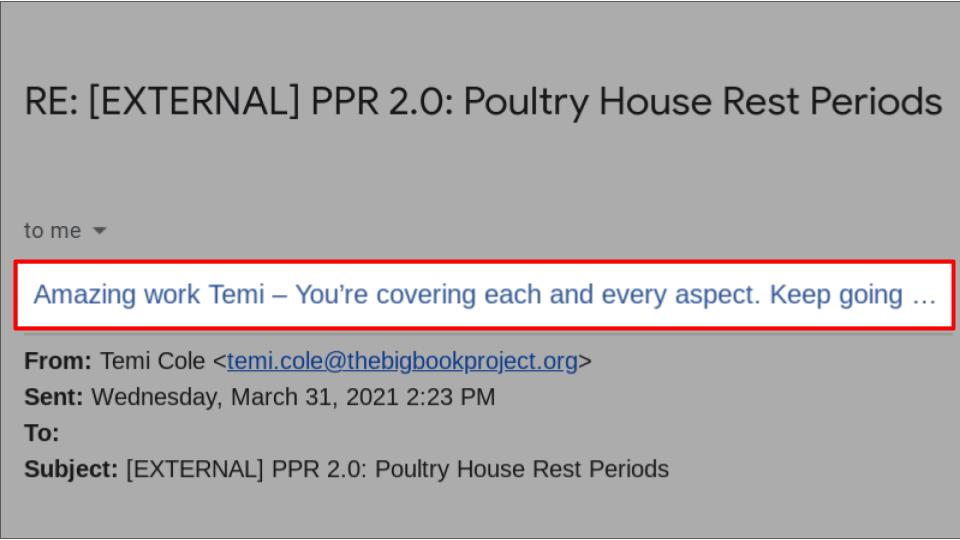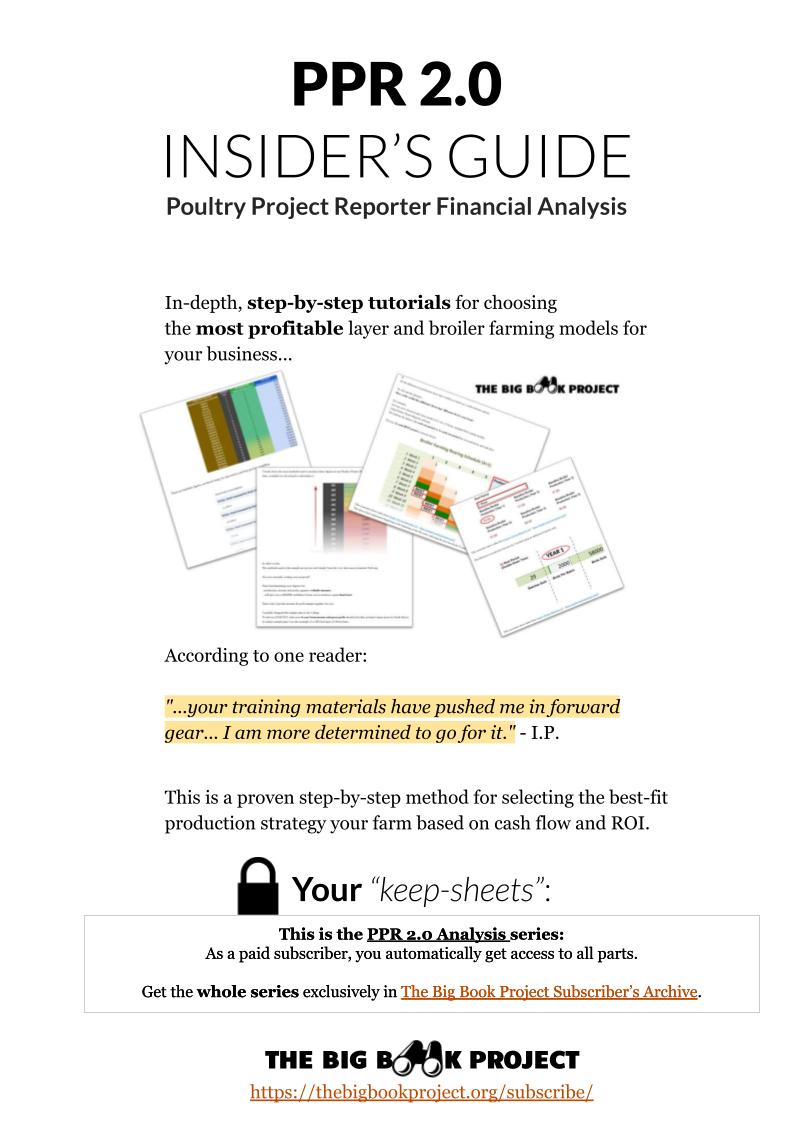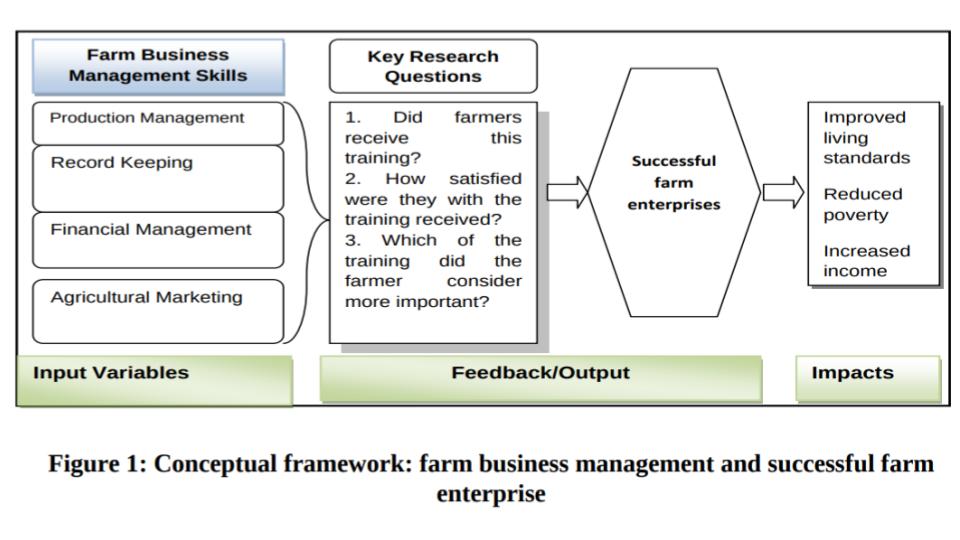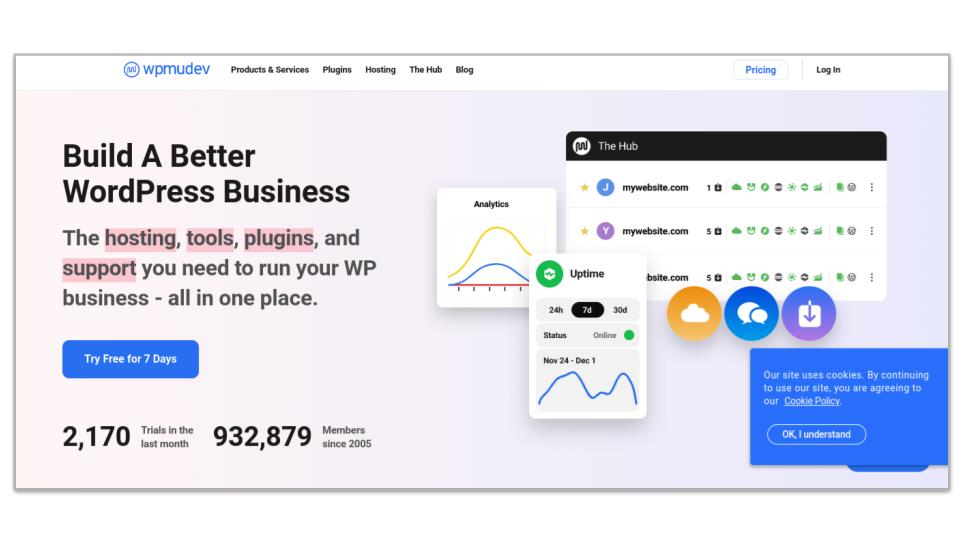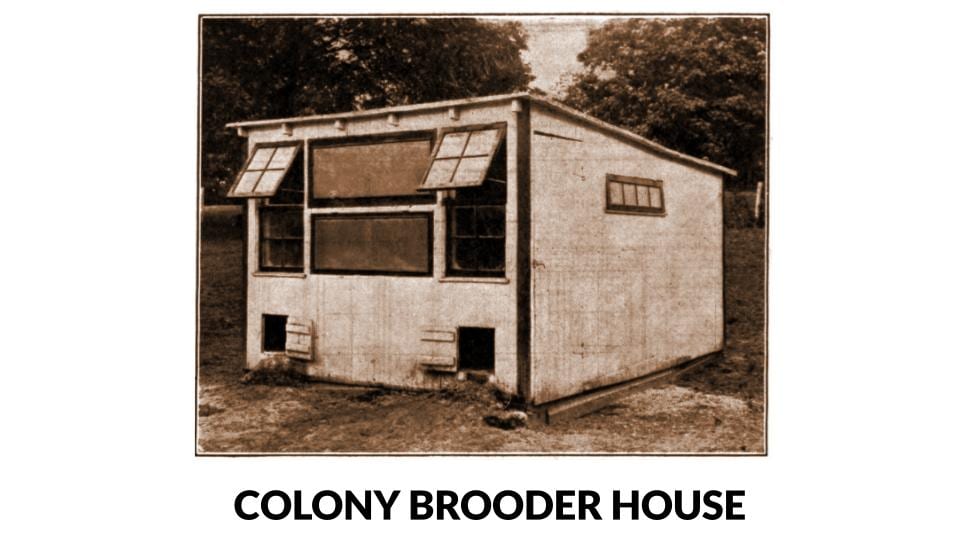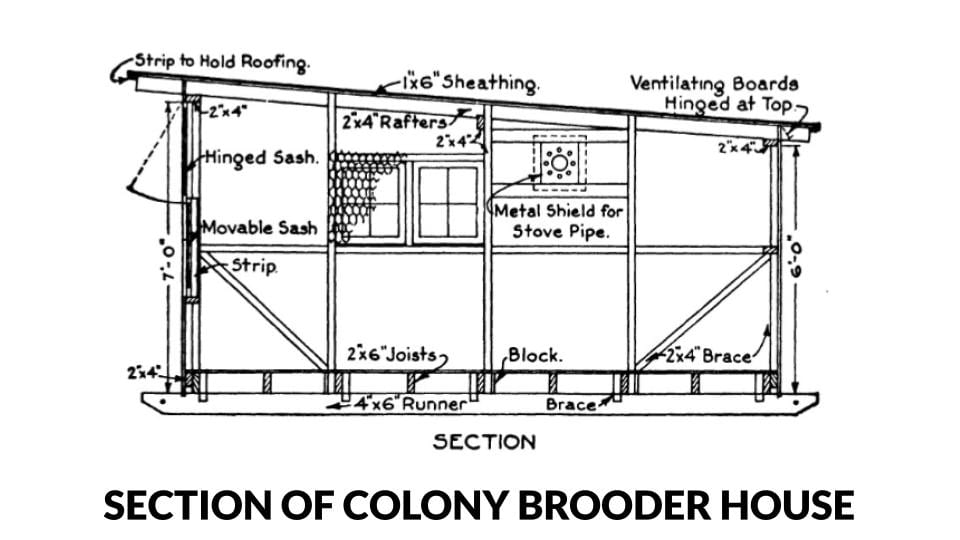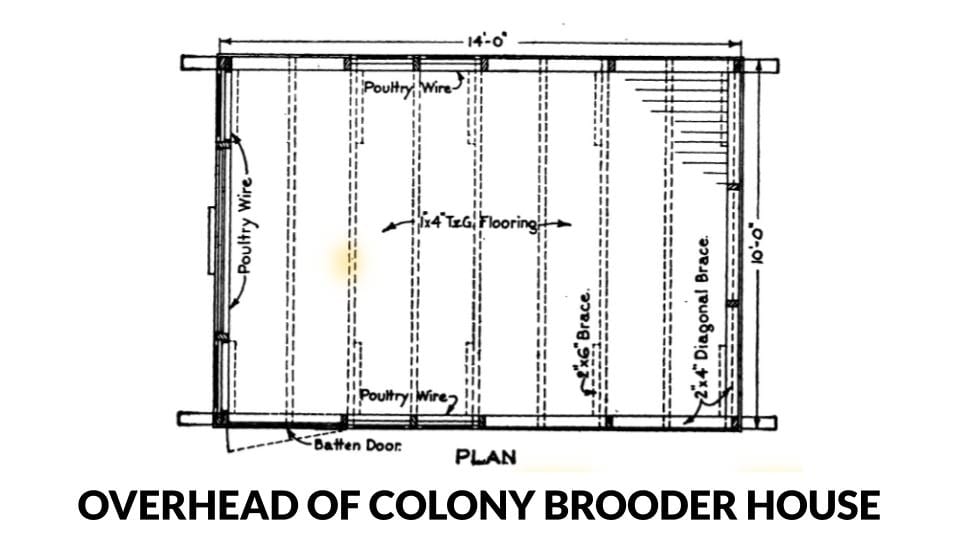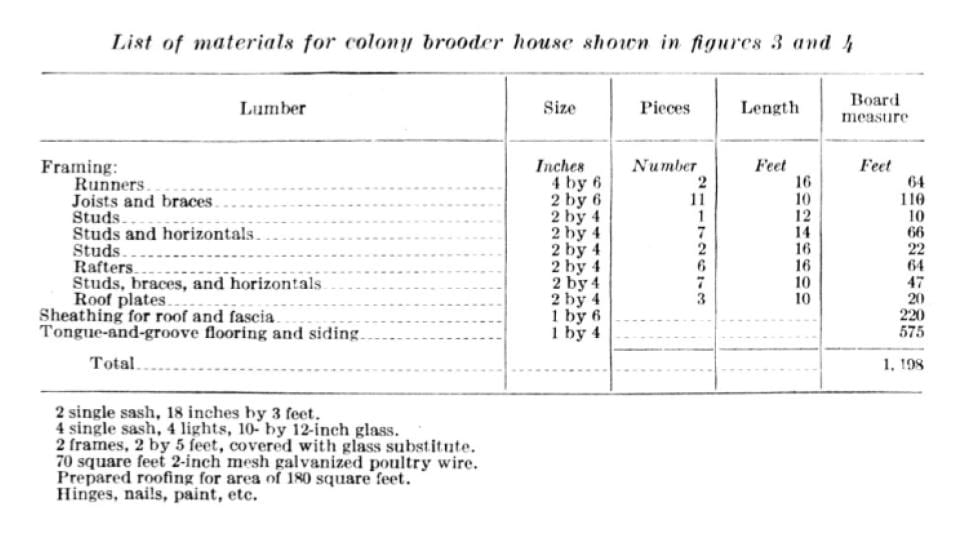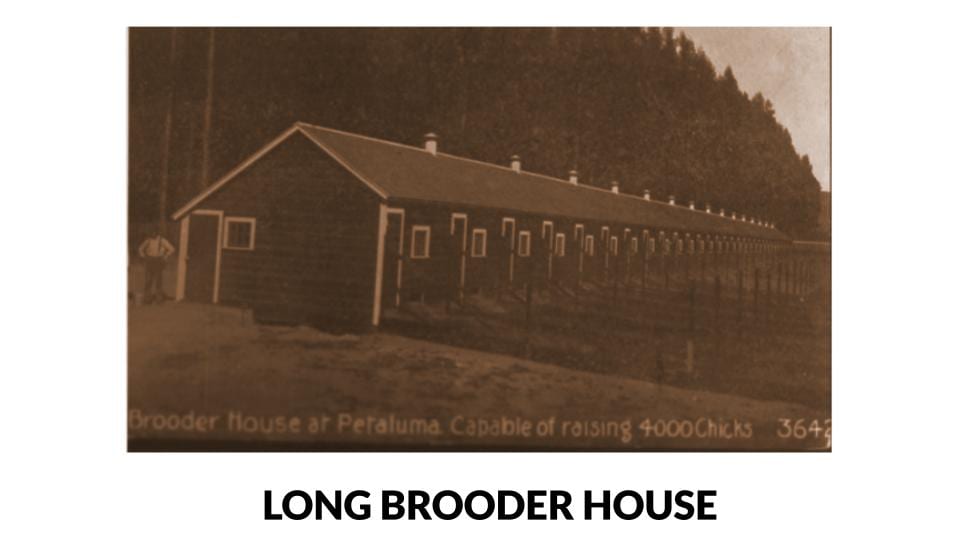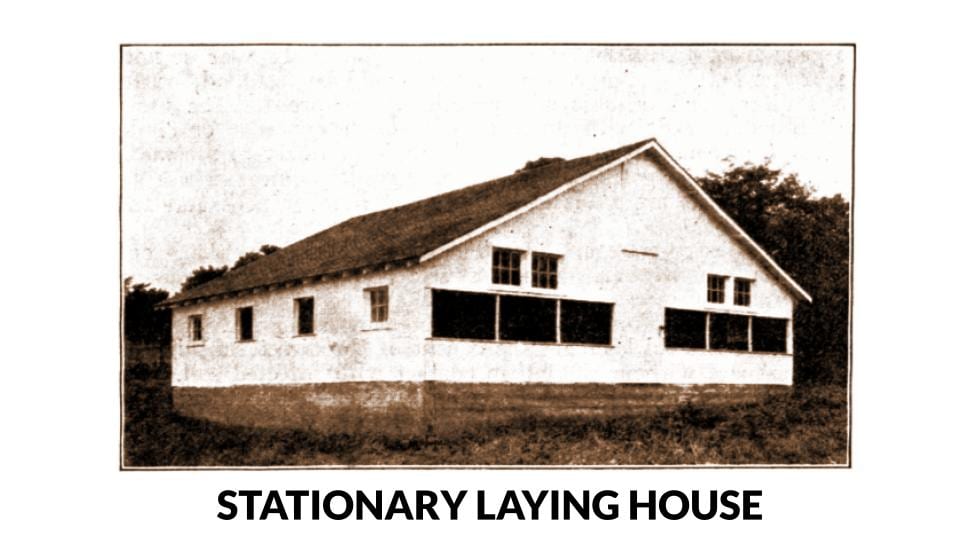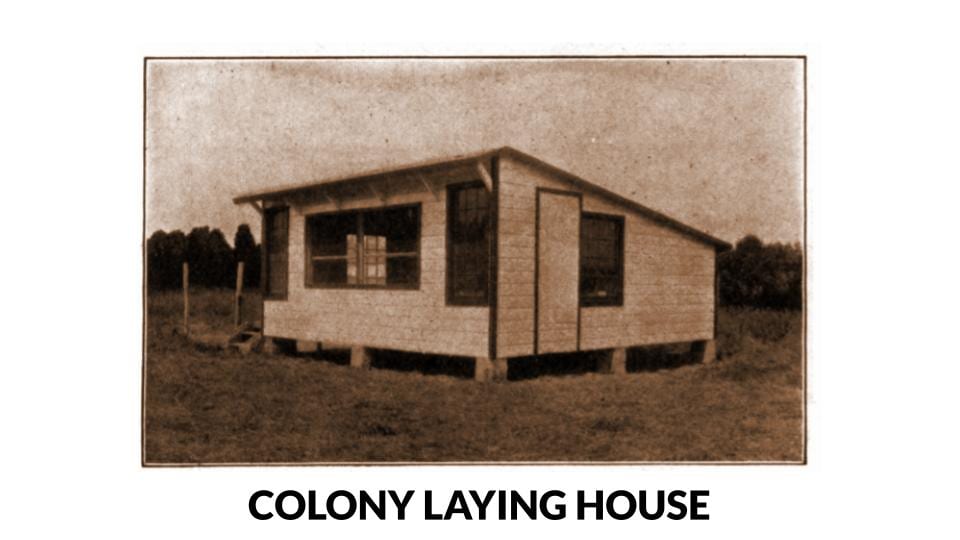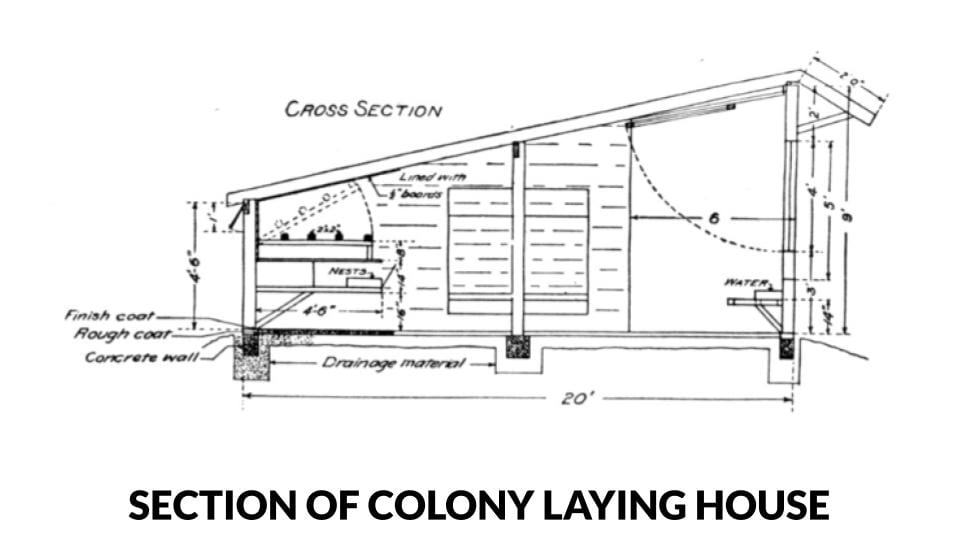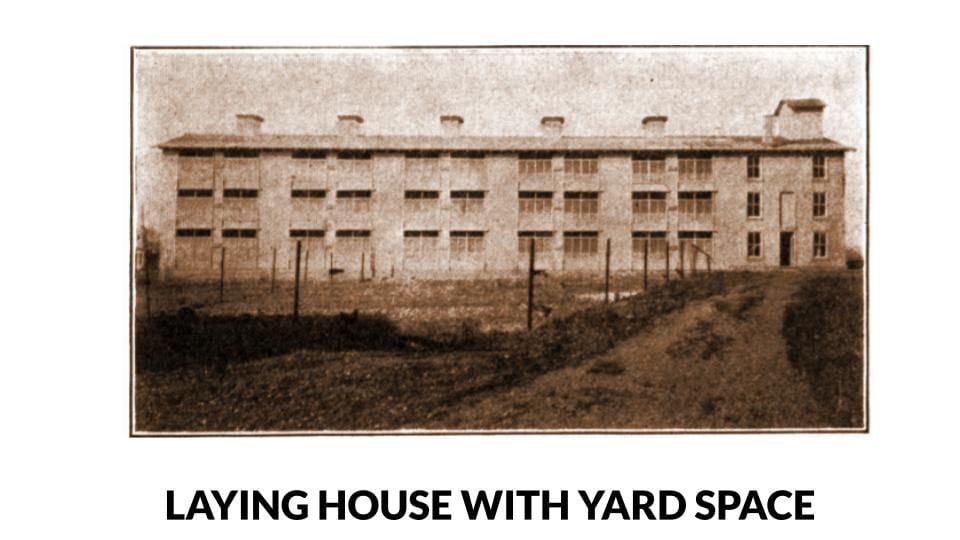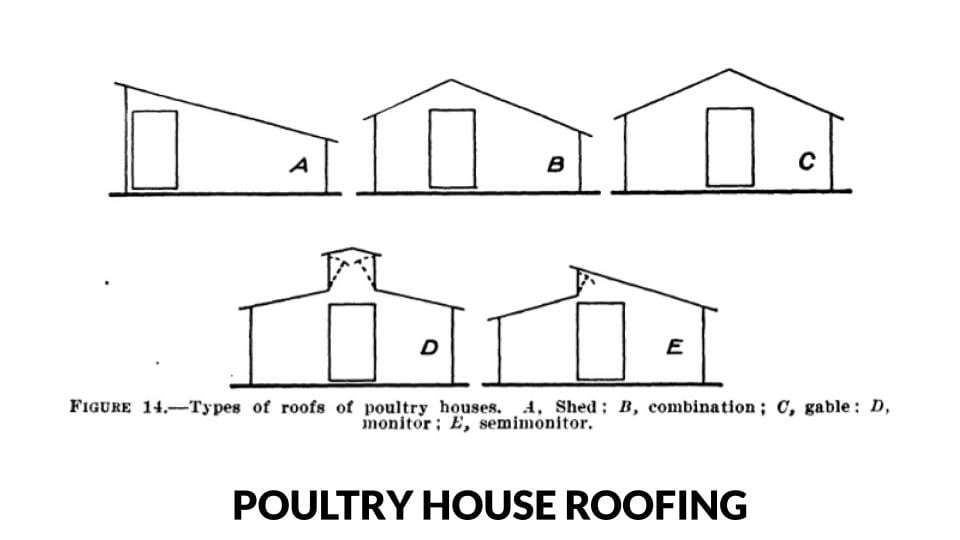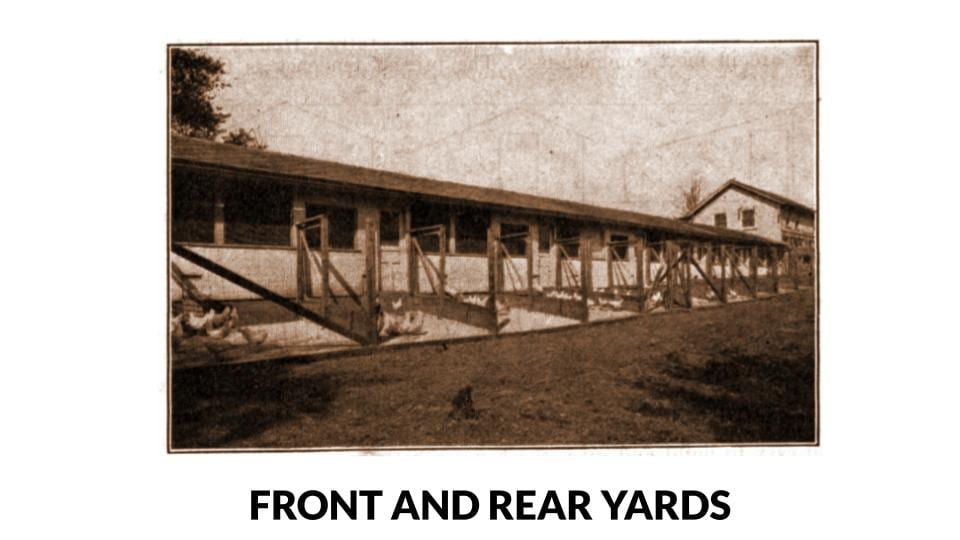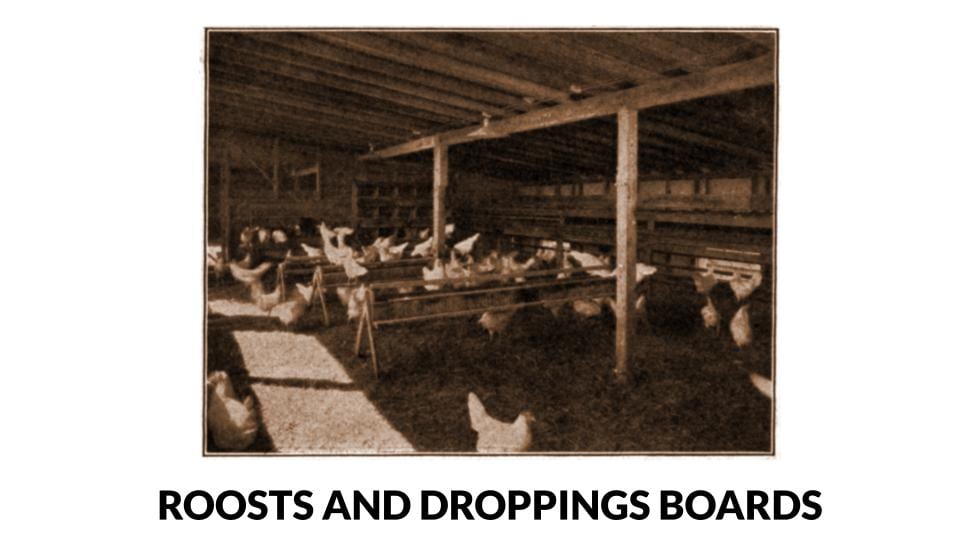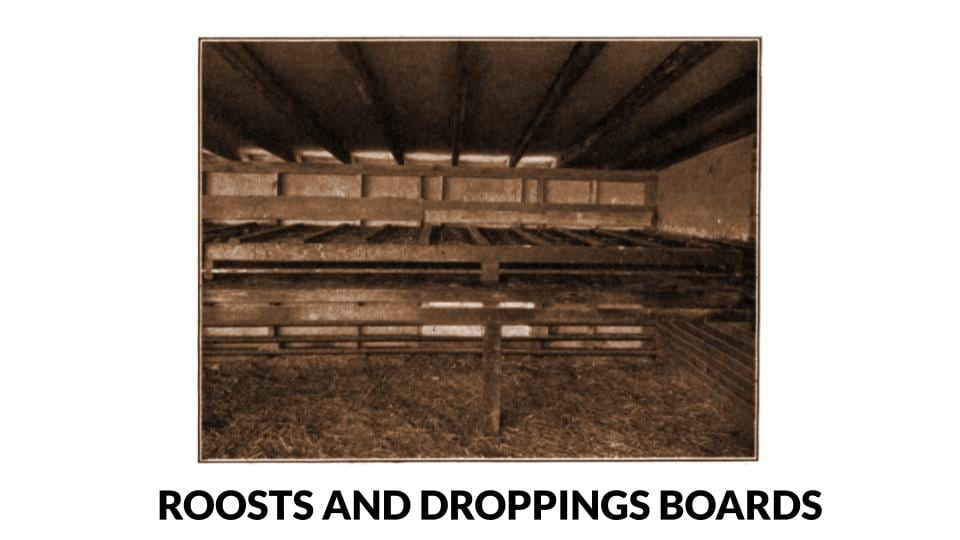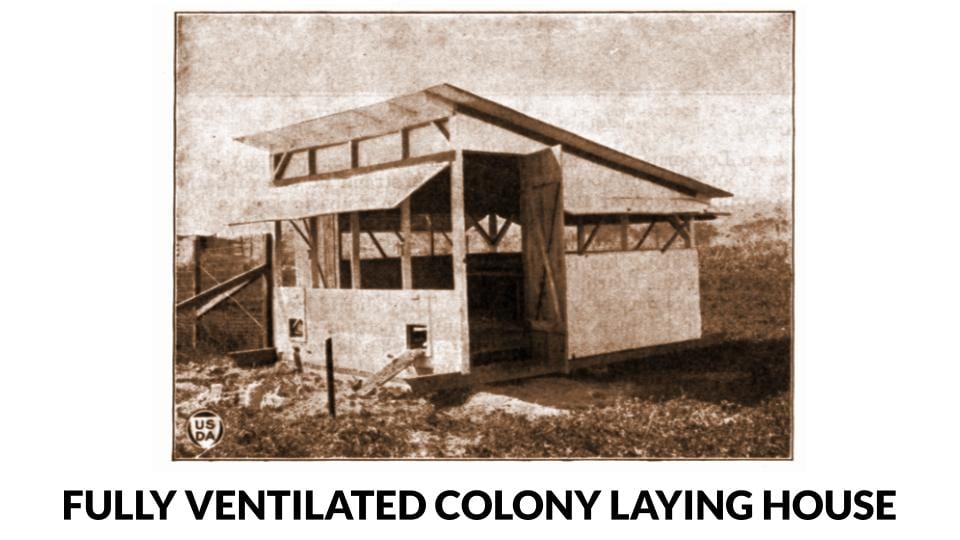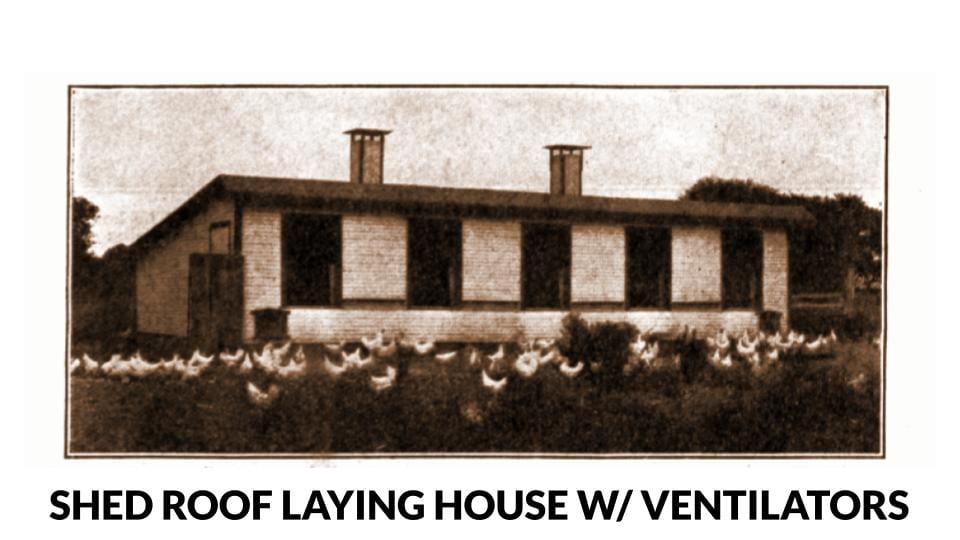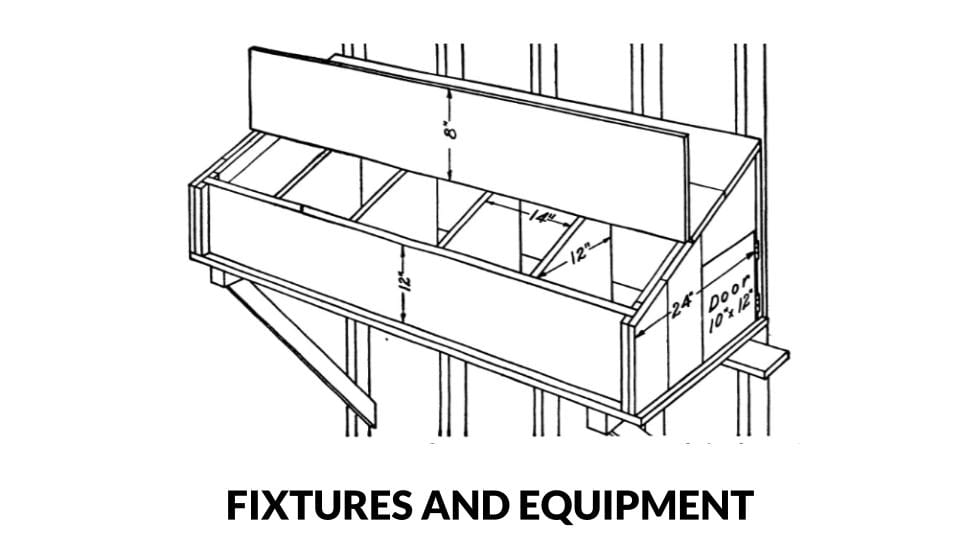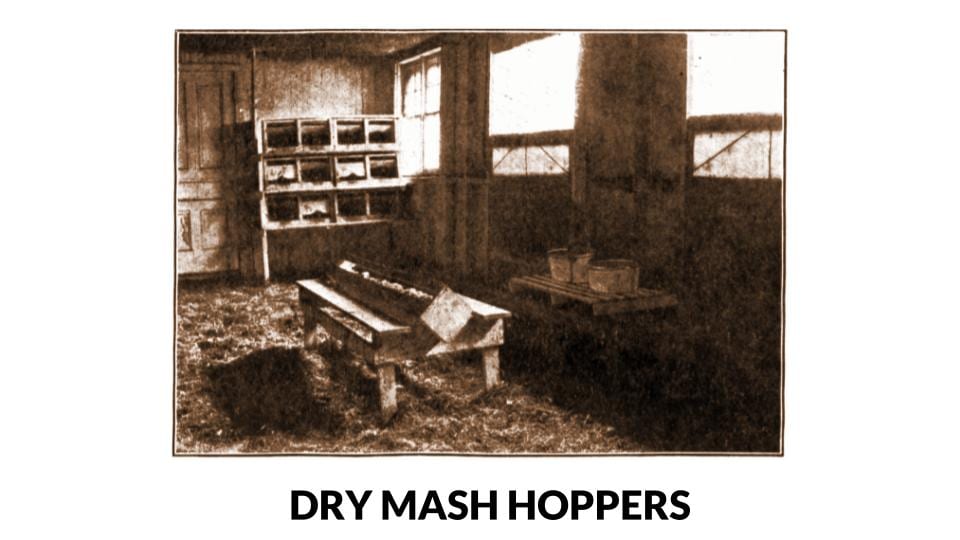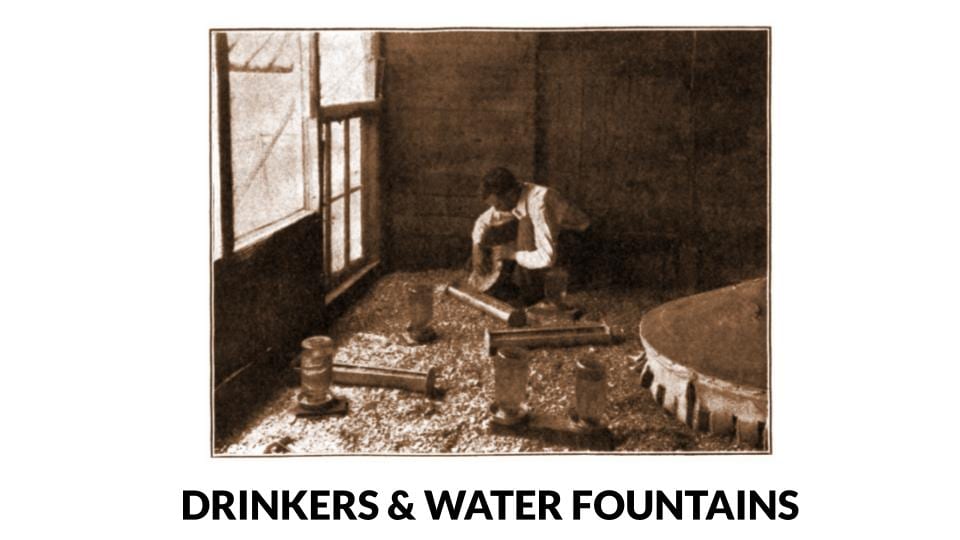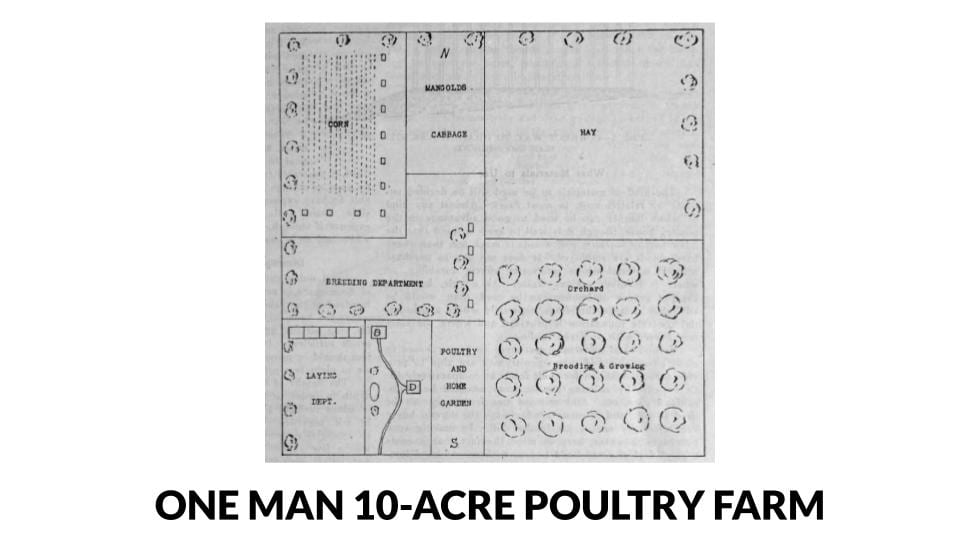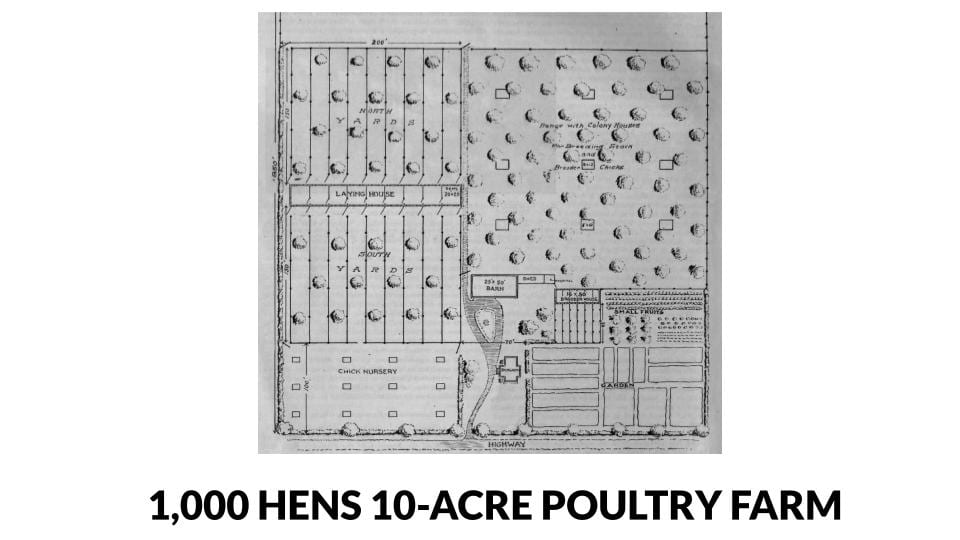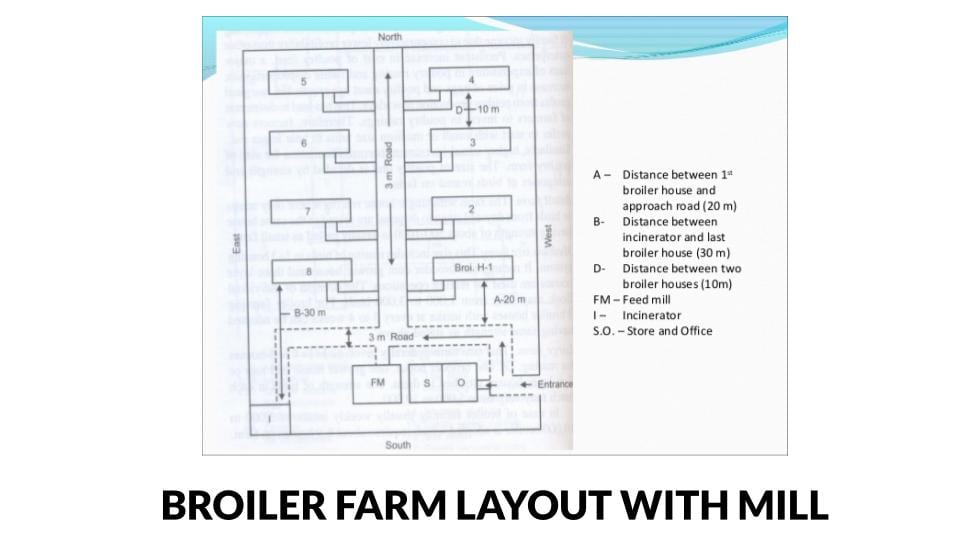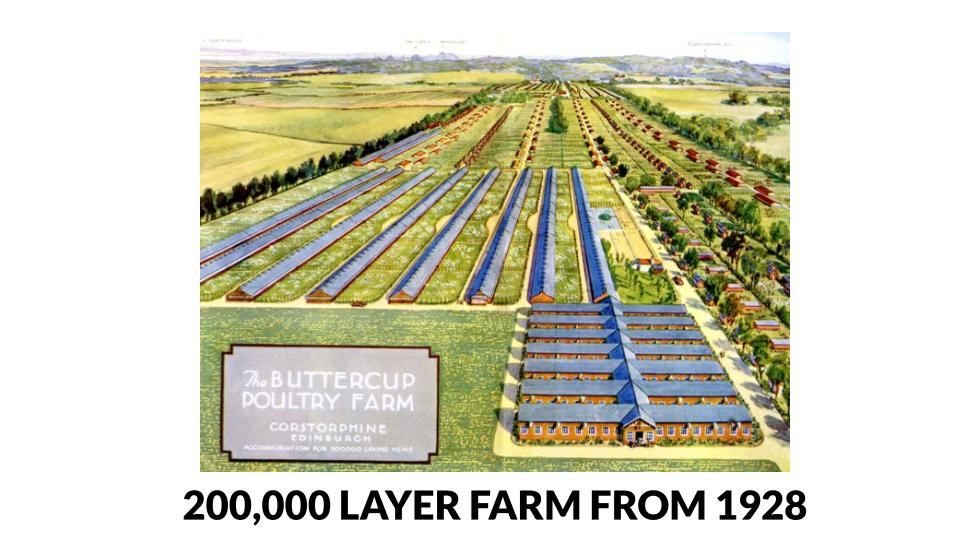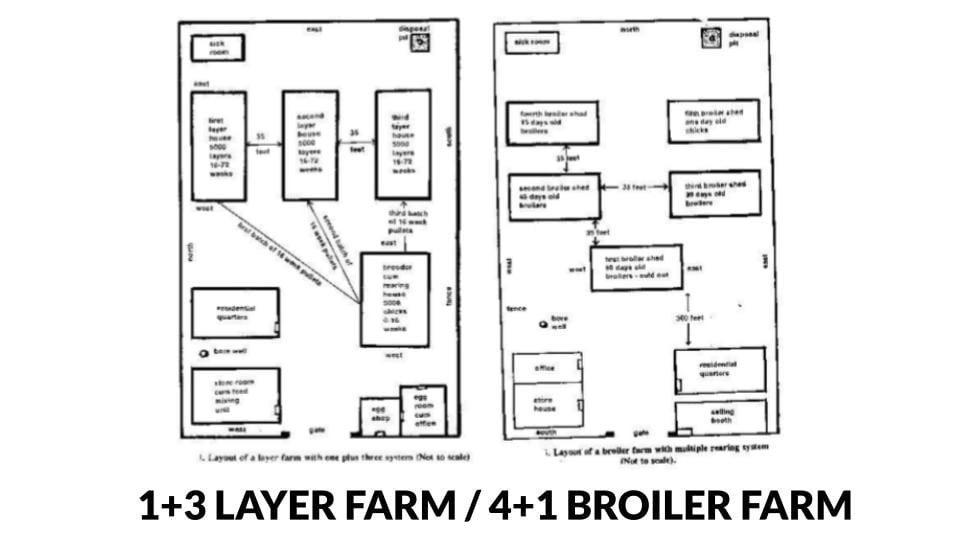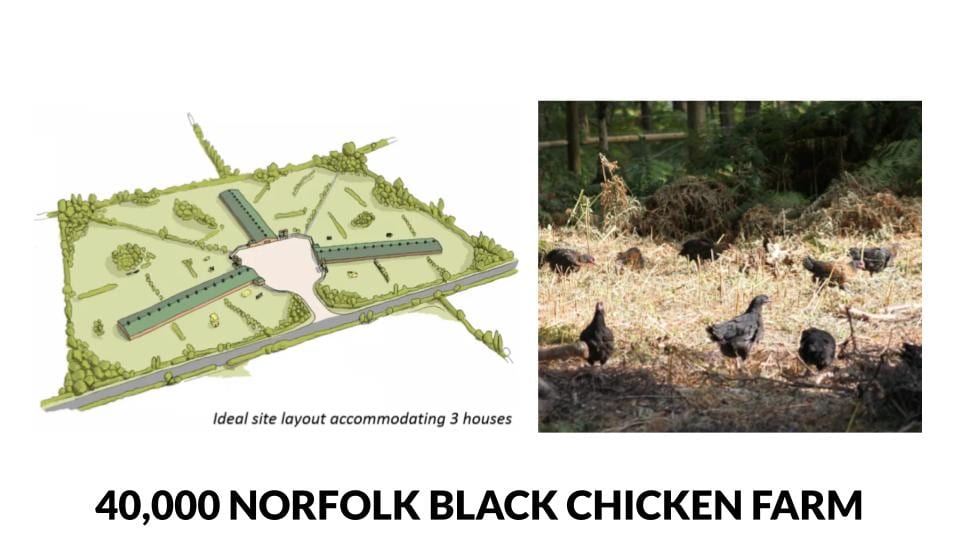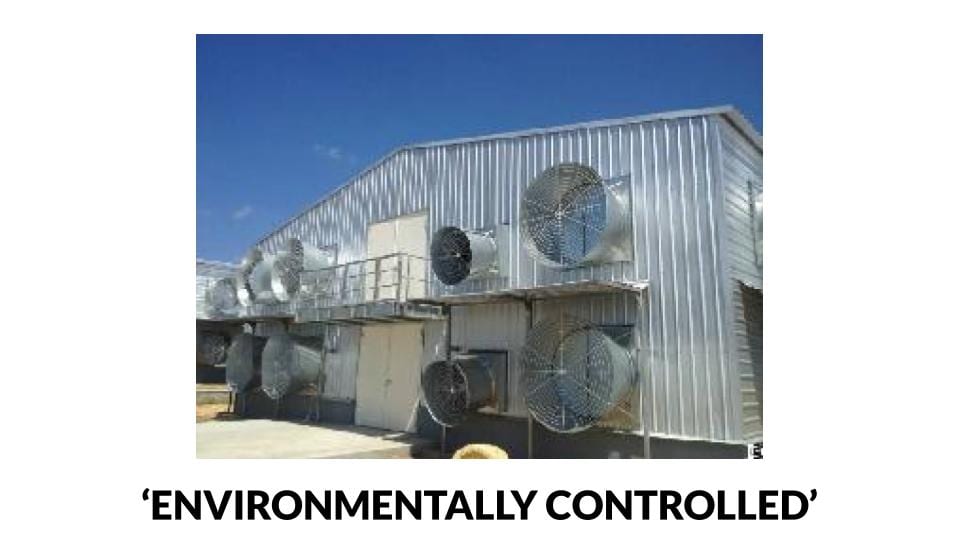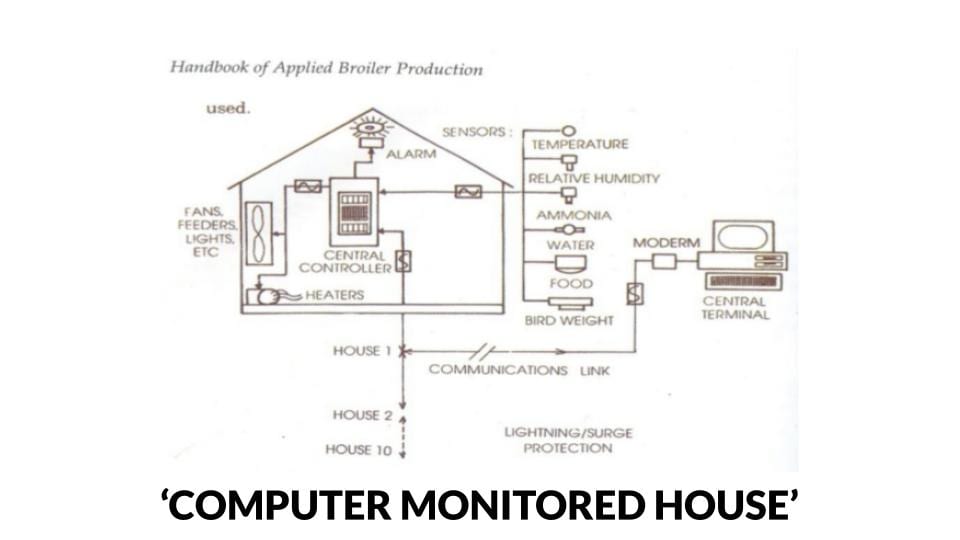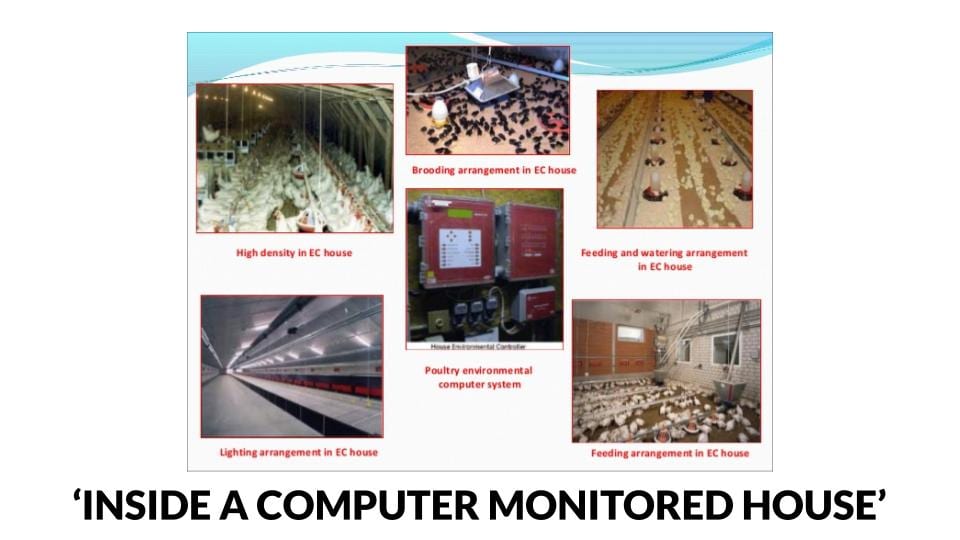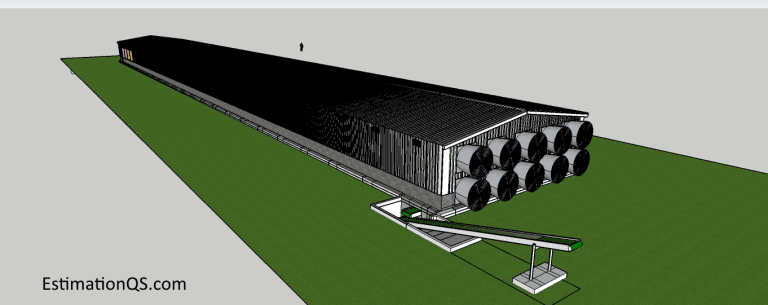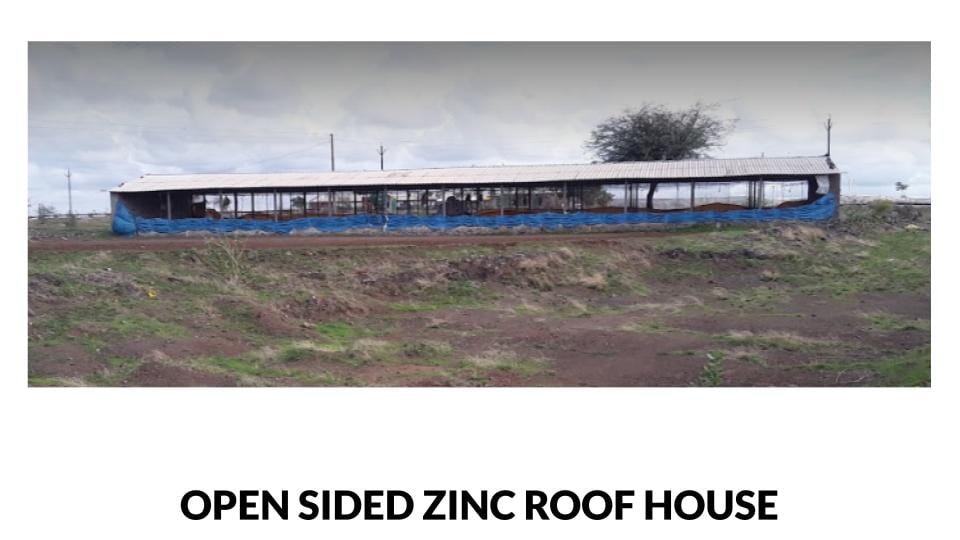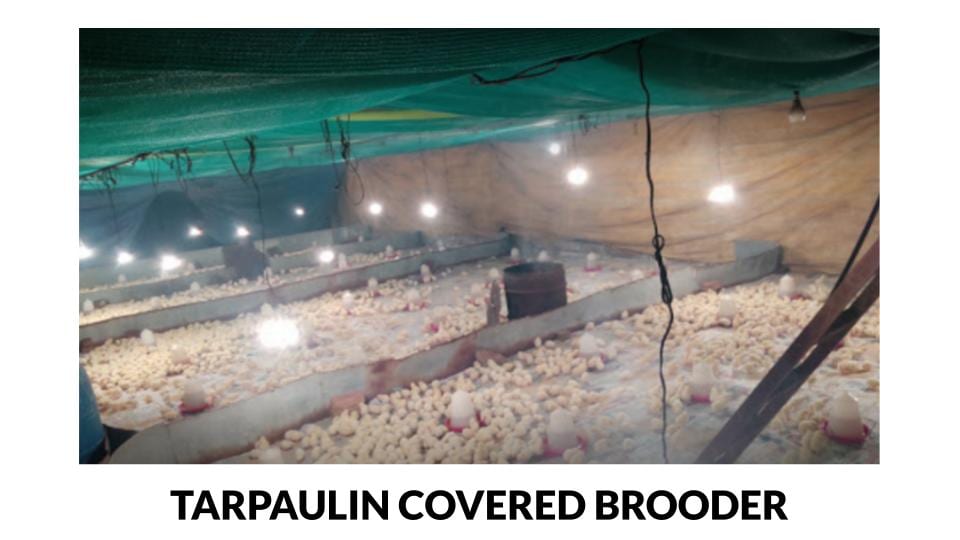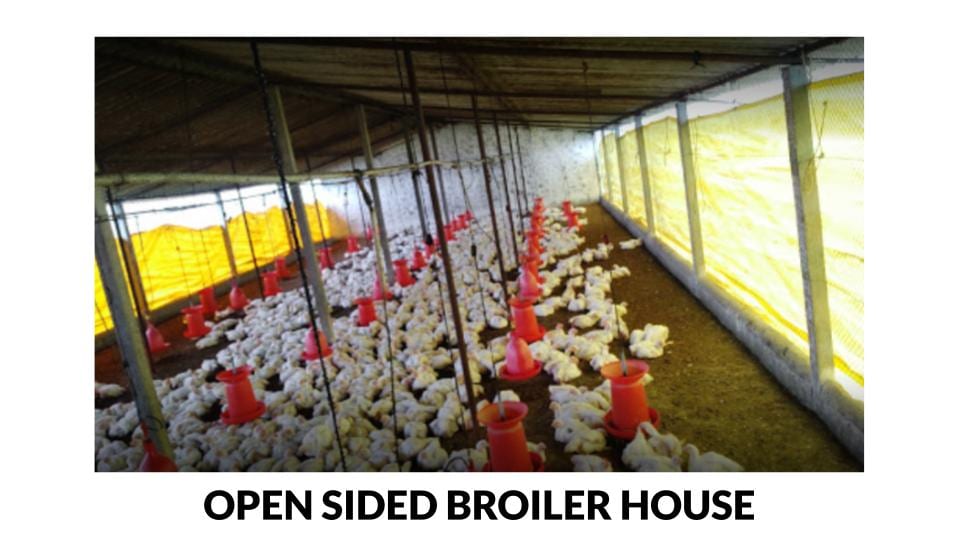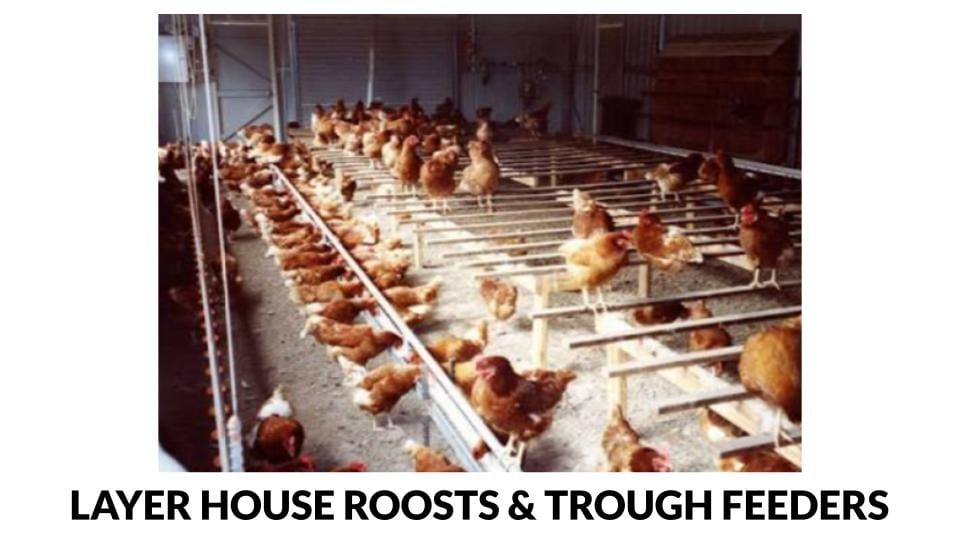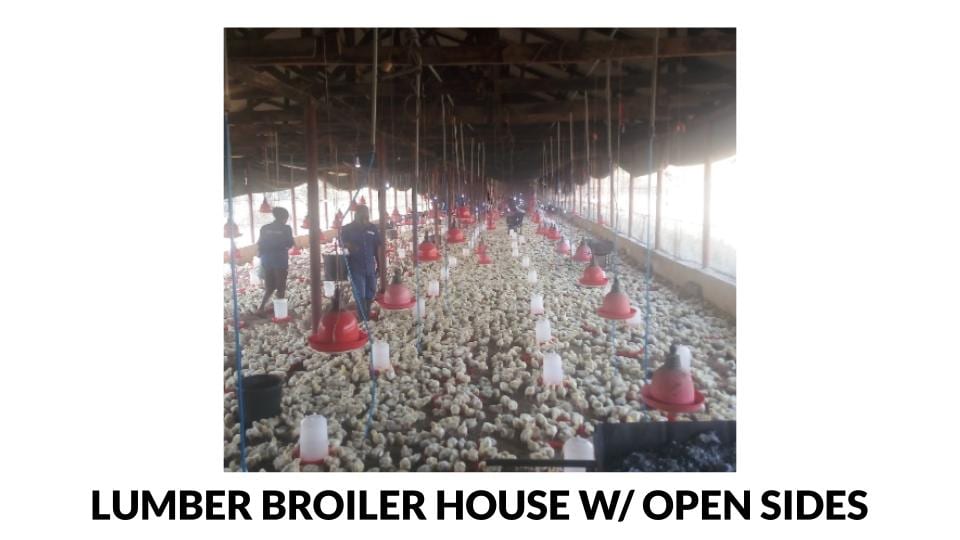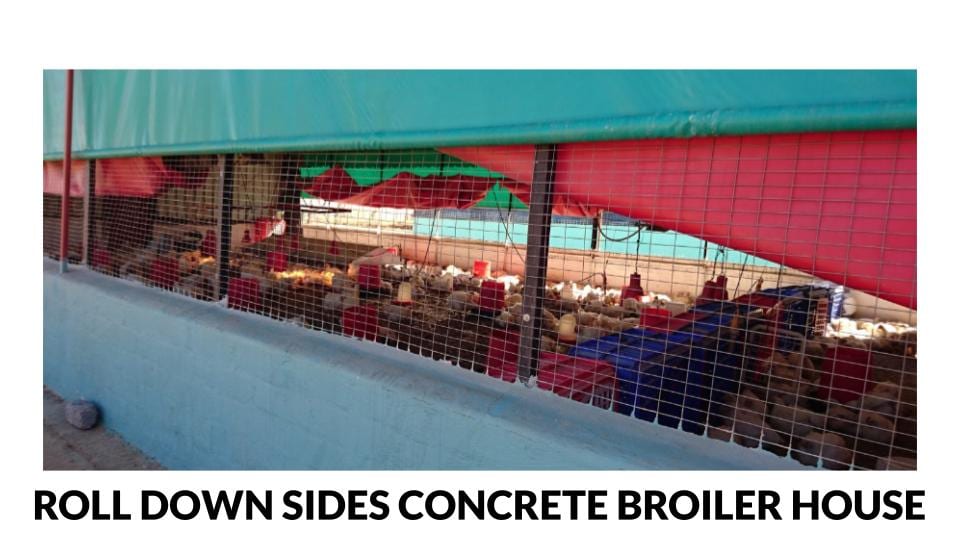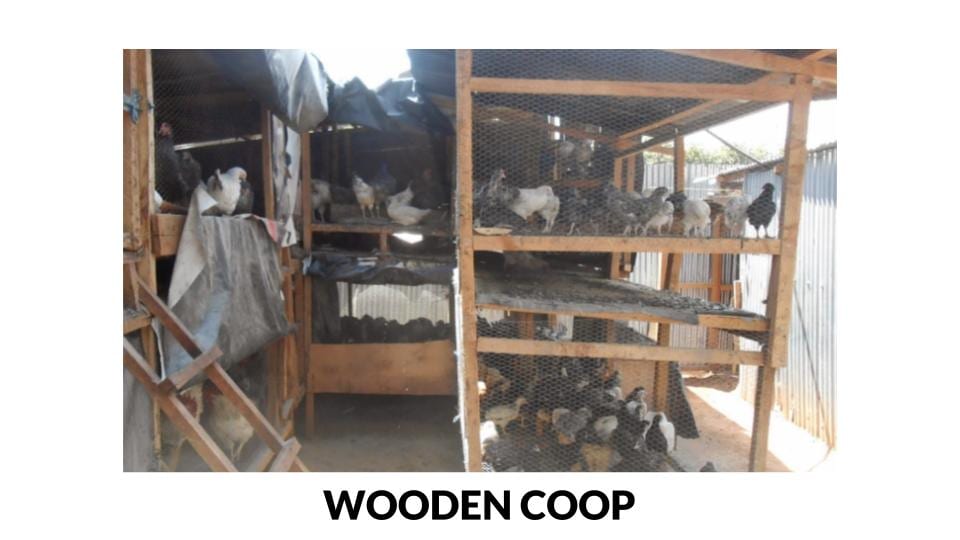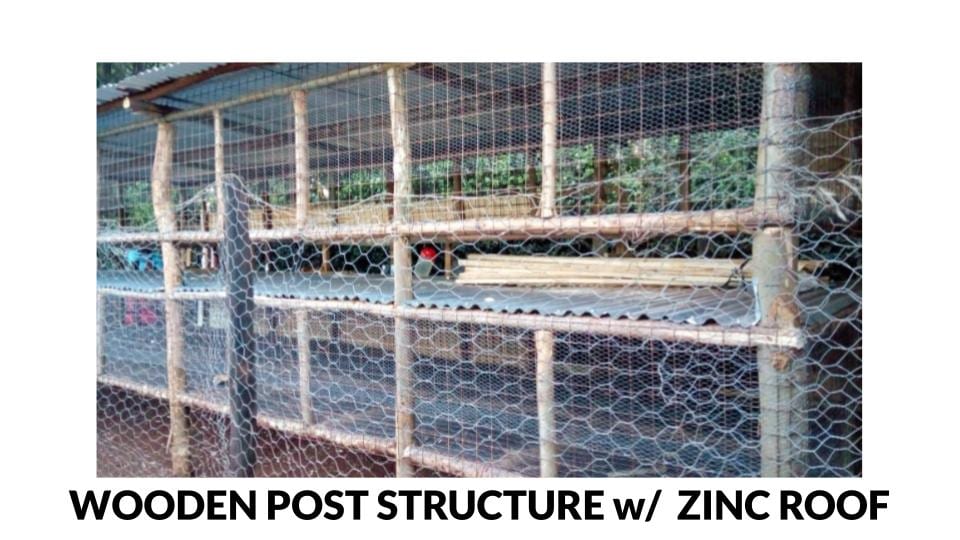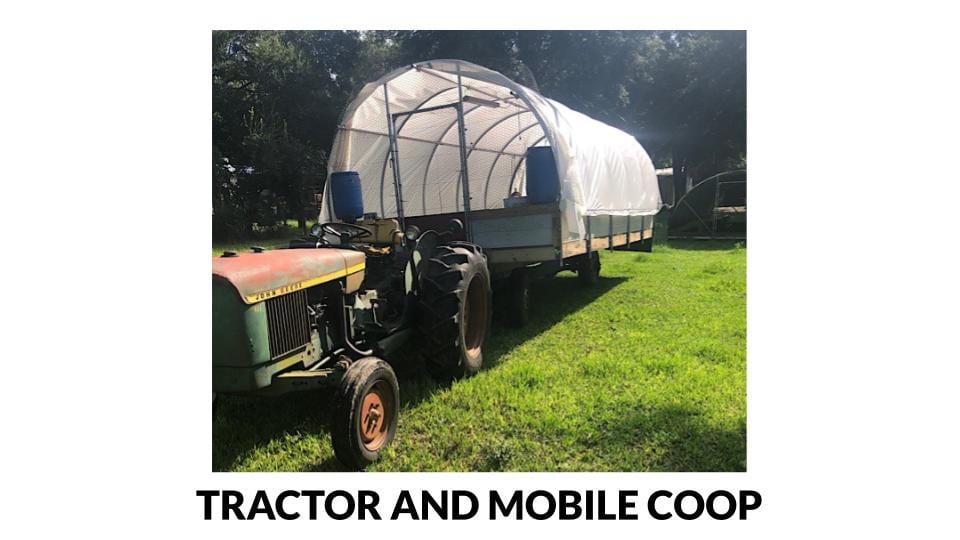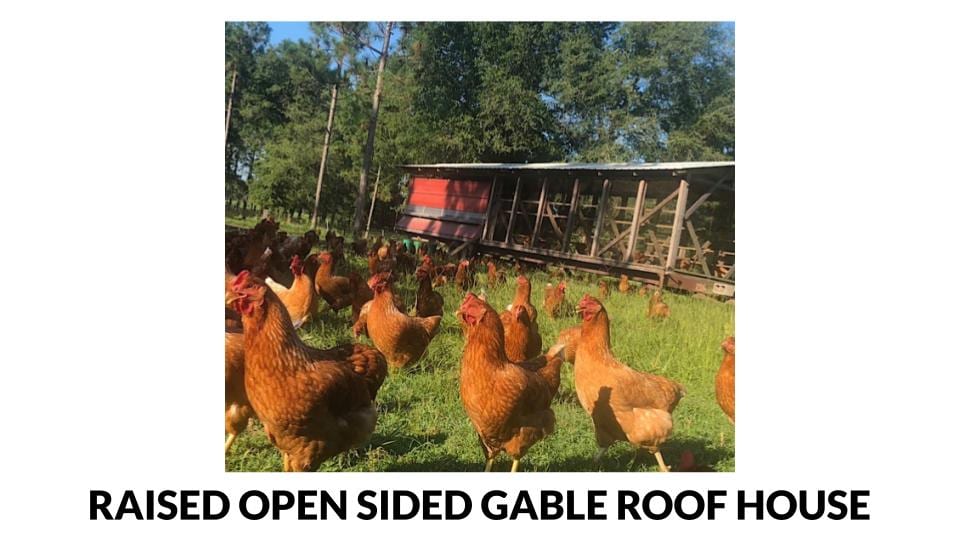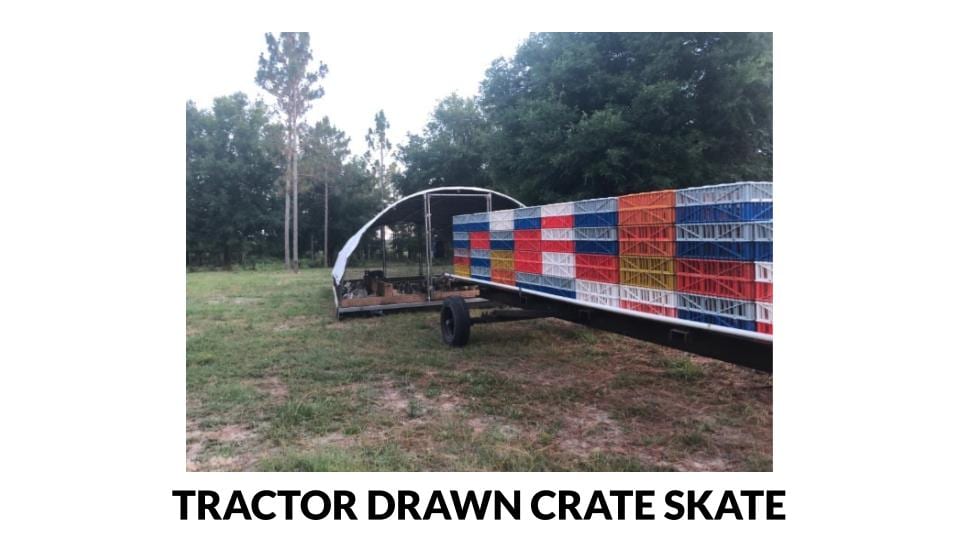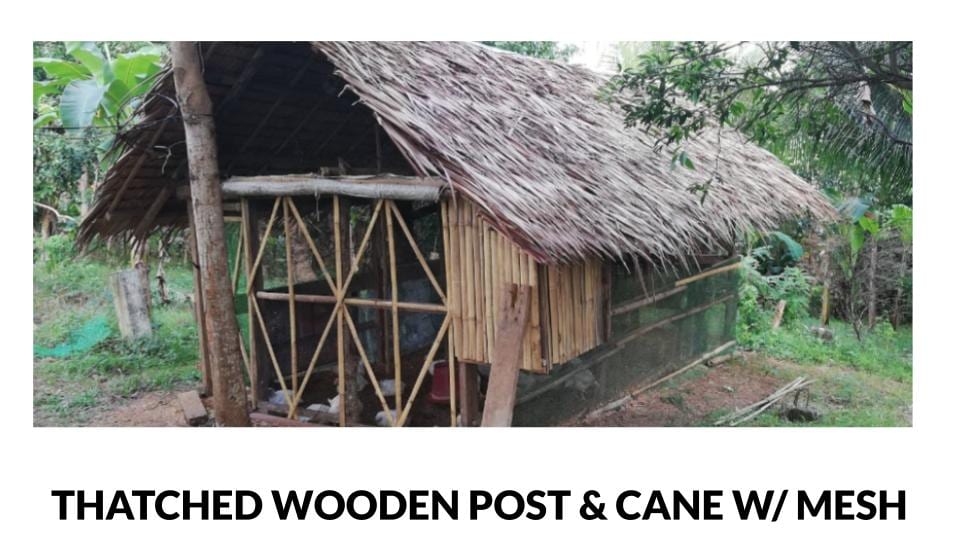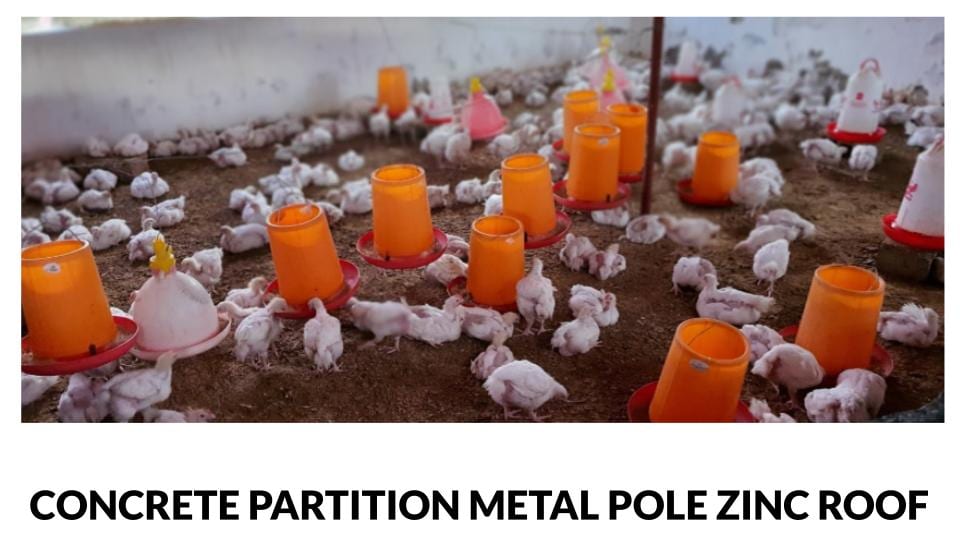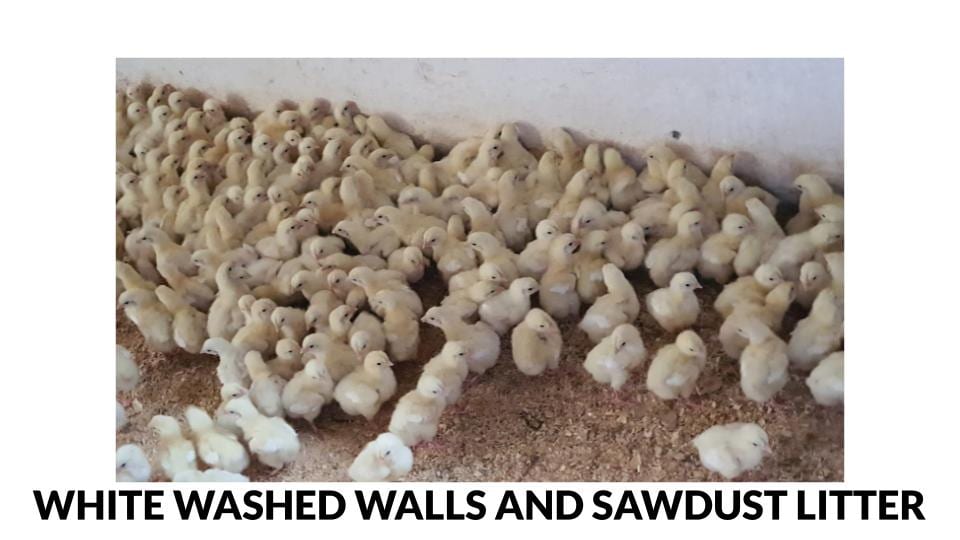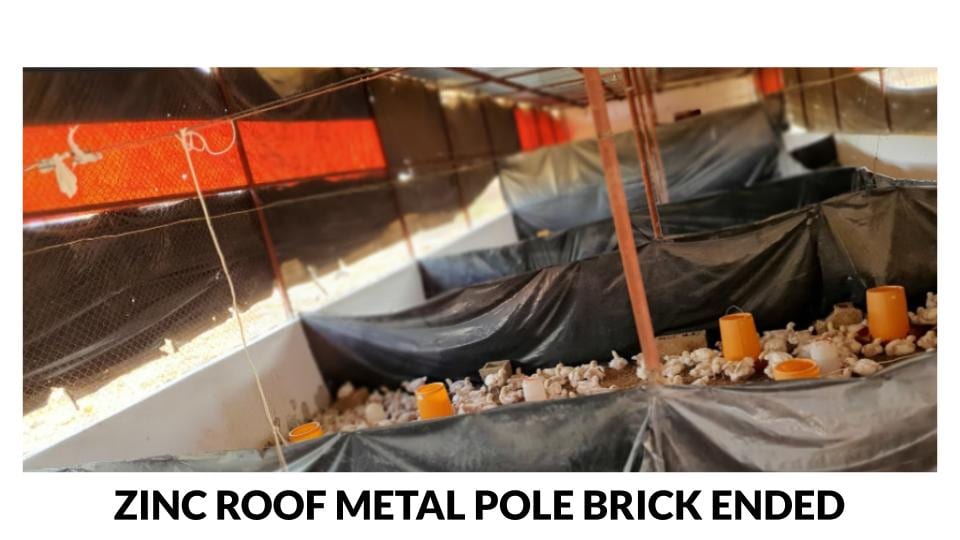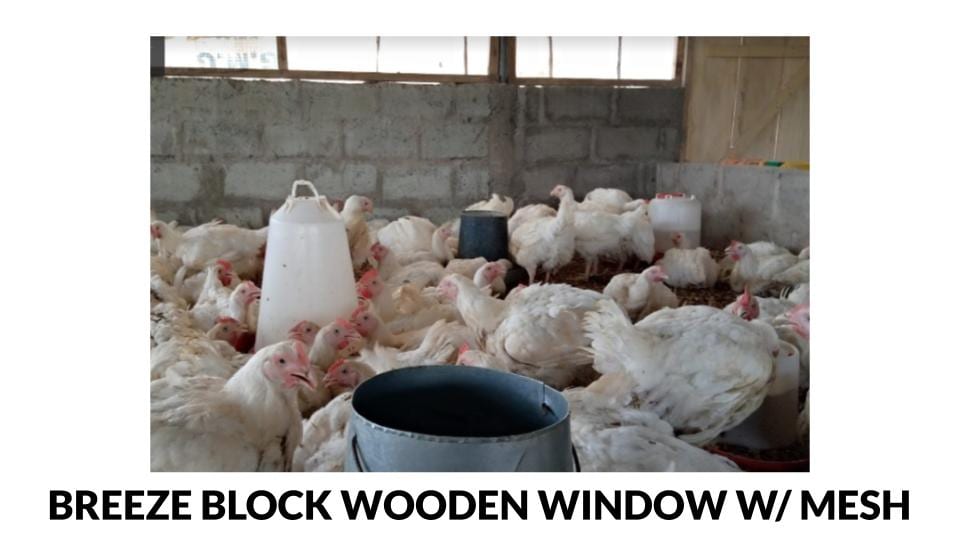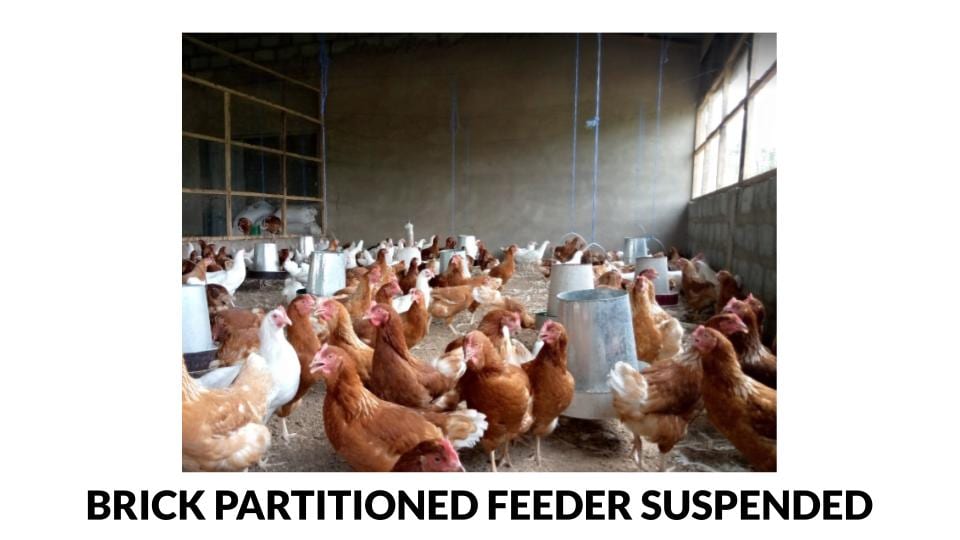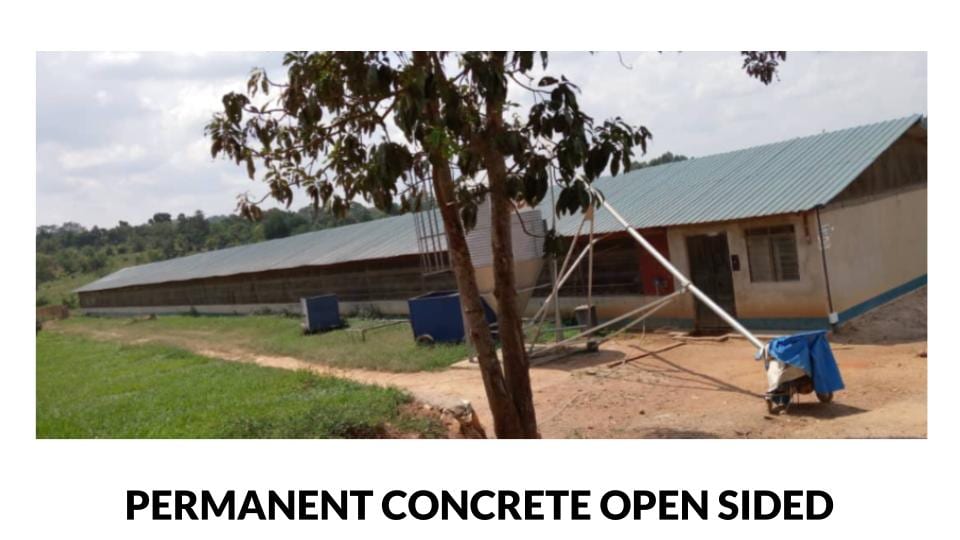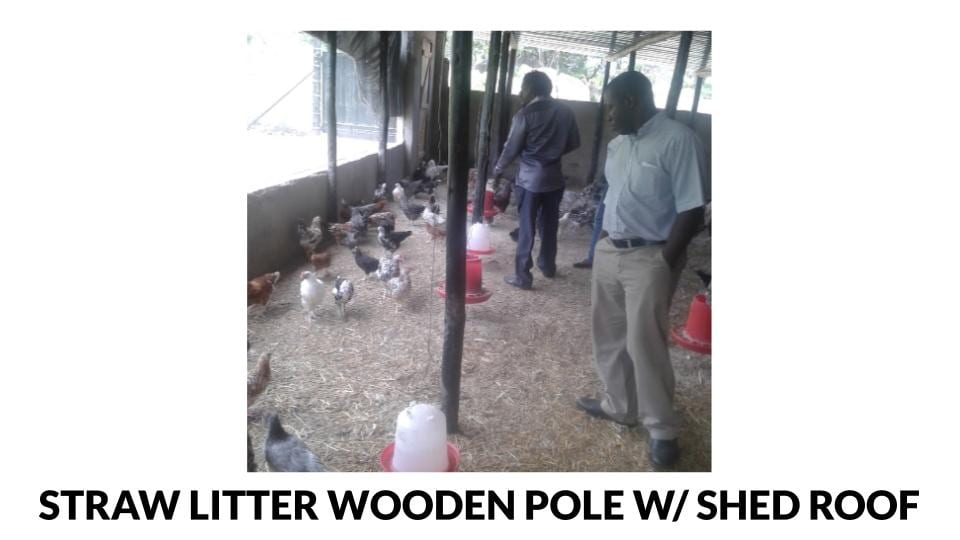I’m about to share with you my 15-point blueprint for writing a winning poultry farming business plan.
(Step-by-step.)
The best part?
You’re going to get linked to LOTS of business planning resources including real-life case studies within these steps.
Let’s take a look together…
- Step #1: Get ‘The Most Complete’ Poultry Farming Business Plan Template
- Step #2: Download “The Poultry Farm Business Plan Analysis Playbook”
- Step #3: Download Poultry Plan It (eBook)
- Step #4: Download Poultry Project Reporter 2.0 – Insider’s Guide
- Step #5: Download Sample Poultry Plan Data
- Step #6: Use Business Management Templates (Keep Sheet)
- Step #7: Download Business Records for Poultry Keepers eBook (USDA Bulletin 1614)
- Step #8: Subscribe To Poultry Project Reporter 2.0 (Fill-In-The-Gap PDF Builder) Software
- Step #9: Download Zero Debt: Poultry Farming Business Plan (2021) PDF eBook
- Step #10: Download Grow AgriBusiness Faster Classes
- Step #11: Download Poultry Project HUB PDF eBook
- Step #12: Take The Poultry Farmer’s Business Quiz
- Step #13: Download Poultry Project Planning Toolkit eBook v.1
- Step #14: Download Poultry Business Start-Up: Recommended Digital Tools of The Trade
- Step #15: Get a 1-to-1 Poultry Farming Business Planning Review
Step #1: Get The Best Poultry Farming Business Plan Template
A poultry farming business plan template is usually the no.1 request I get asked for as the author of The Big Book Project.
Emails like this are a good example:
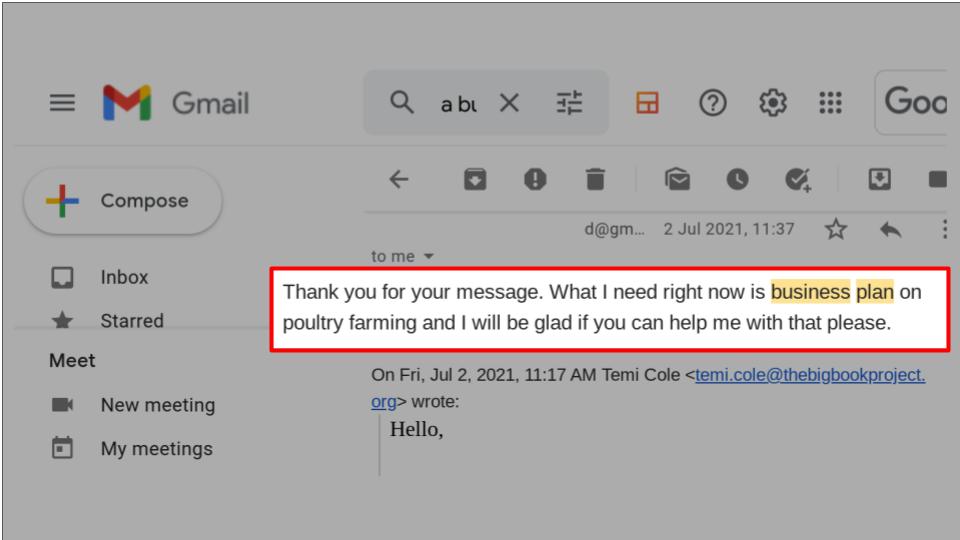
Up until now, it’s been an obvious MISS as part of The Big Book Project…
…ready-made business planning consultancy for the beginner.
I always had it in mind to plug in the gap.
It’s in me to do.
With the experience of 10+ years serving start-up entrepreneurs with strategic business planning consultancy…there are countless benefits to offer here.
However, I didn’t want to rush.
I wanted the solution I delivered to ANSWER ALL QUESTIONS. And be handed over in a way that is:
- self-paced
- self-explanatory
- self-driven
…the more flexible, yet comprehensive the planning materials are – the easier they will be to use and act on.
(And business does come down to action at the last.)
The Ultimate Poultry Farming Business Planning Template
My first step was to construct what I consider to be the most complete poultry farming business plan template possible.
The kind of thing that covers both bases of:
- helping to provide clarity to your thoughts for rolling out a successful poultry business launch
- communicating an attractive proposal to potential stakeholders and investors
Pouring in over 50,000+ hours of strategic business consulting experience which spans:
- global best practice insights and technology
- corporate currency exchange
- project management
- financial advisor and stockbroker
- freelance business management advisor
…I decided upon the following outline template:
Step-by-step, proven insights of what REALLY works and why in every step of writing your own poultry business plan.
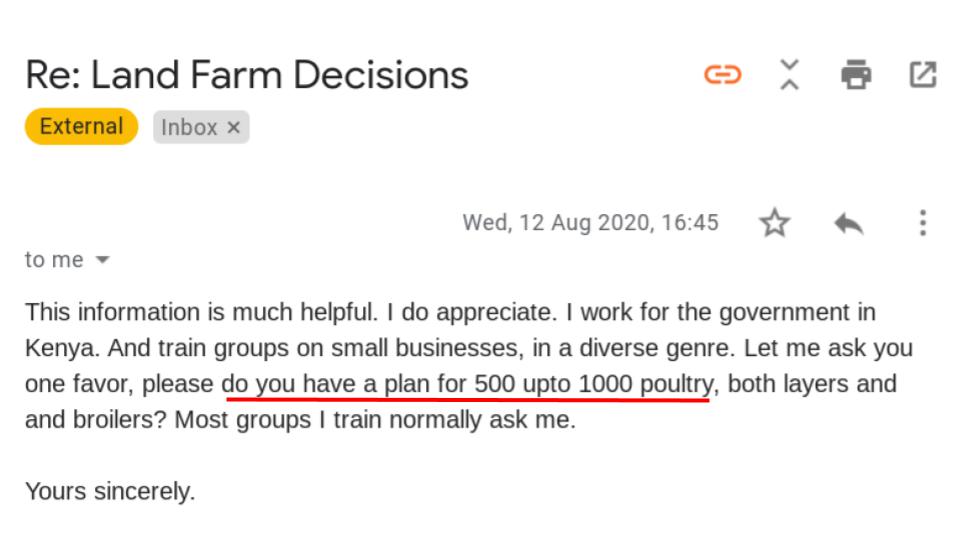
…and there are many more requests like this in my inbox.
It seems when it comes to business planning help, poultry farmers and professionals alike are interested in scanning sample data too.
(Not just templates)
Why?
Sample papers: a GREAT way for self-assessing if your business plan is up to scratch
If you ask me, examples are without doubt the BEST way to learn.
Whenever I’m looking to work out a business model I always look for working models that already exist.
Never contrived or manufactured formulas.
My reason?
As an adult, I don’t like to be spoon-fed. I learn best when I’m left a little room to figure things out myself.
Let’s take it back to class…
…why are past exam papers and examiner notes such a popular revision method?
Two words:
SELF-ASSESSMENT.
(i.e. finding out for yourself how you measure up against standard.)
My preferred method of advanced learning.
And I don’t think I am alone in this.
This is exactly why I put together these sample poultry farming data plans – both layer and broiler models.
I left out any country bias, so these are a universal fit to any and every economy.
What do the samples contain?
There are 2 typical planning problems that these plans are designed to solve:
- Input and output VARIABLES,
- related to the SCALE and MODEL of your farm.
In other words, these samples are shortcuts or crib notes for literally telling you if your planning progress is:
- en-route for success, or;
- taking a wrong turn.
I’ve arranged the samples according to the following attributes:
Flock size
- 500
- 1,000
- 2,000
- 3,000
- 5,000
- 10,000
- 20,000
Broiler farming rearing models
- All-In-All-Out
- 4+1
- 8+2
Layer farming rearing models
- 1+2
- 1+3
- 1+1+5
Input/Output variable
- Feed consumption
- Production (meat or eggs)
- Manure
- Broiler by product
- Spent hen
These lists above are like ingredients to prescribed recipes.
Or, elements of an equation for solving a problem.
Mix them together in the right order and you answer critical questions within your poultry farm business plan.
Want an example?
The sample plans above will answer questions like,
“How much manure will a 2,000 bird broiler farm produce annually over 6 years, using the 4+1 rearing method?”
Or,
“How many eggs will a 5,000 layer farm produce annually over 6 years, using the 1+2 rearing method?”
Simply pull the relevant data set and immediately land your finger on the answer.
A convenient ‘plug-in’ to EVERY poultry farming business plan
Would you like a free sample?
Click on this link for a free egg production dataset for a 500-bird layer farm using 1+3 rearing system.
Now, are you ready for EVERYTHING?
Become a paid subscriber to gain instant access to ALL current sample plans PLUS future updates.
Step #6: Use Business Management Templates (Keep Sheet)
Another short falling of traditional business planning templates is that they are start-up focused.
It makes the value gained from them short-lived.
How?
Think of it this way…
When you’ve finally launched your business, that’s just the beginning and not the end.
At the very least, you should have another 6 years on top of actually running your business.
If your templates are ONLY valid for start-up,
Then what do you use to keep your ongoing plans in order?
Crush investment risk with my business management templates
Arguably, running the business is a far more risky phase of investment – most of all because now you have made a material commitment.
Therefore, you carry the potential of loss.
And business management also just happens to be the most challenging discipline to hold.
Why?
Because you’ve got SO MUCH going on all at the same time.
And staying organised becomes more and more difficult with every day that goes by.
CHAOS costs…
- you lose foresight, you lose track of progress and ultimately you lose money.
ORGANISATION profits…
you gain vision, you gain awareness and ultimately make money.
Business Management Templates
These templates are designed to help you stay on top.
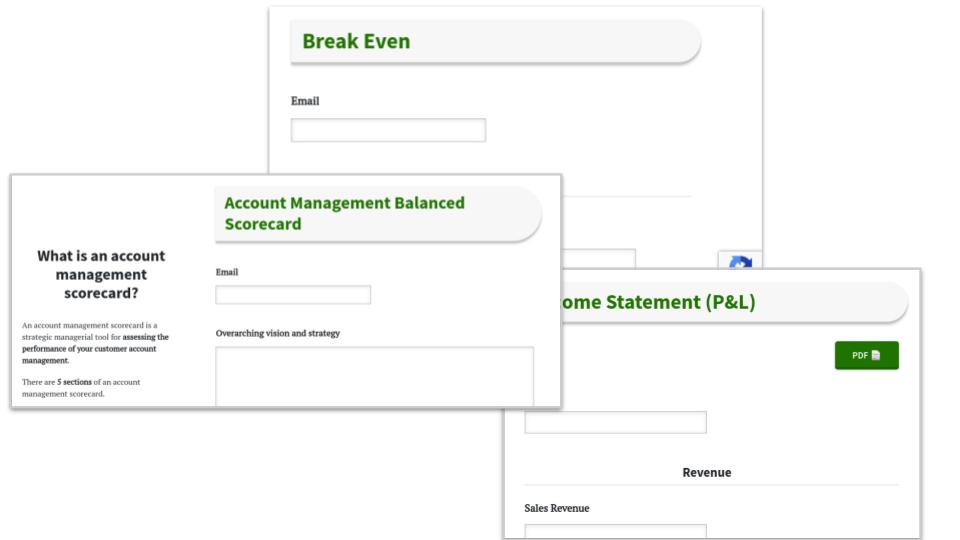
What’s included?
| Account Management Balanced Scorecard | Assess the performance of your customer account management. |
| Account Management Matrix | Estimate how much revenue growth potential exists in your current pool of customers or clients. |
| Basis of Estimate | Declare your ‘workings out‘ and all contributing factors when calculating estimated costs or prices. |
| Break-Even | Find out the exact volume or price of sale where your business pays for itself, but no more. |
| Business Budget | Measure actual sales figures against expectations and holding your business accountable. |
| Business Process Document | Detail and documenting ANY business process whatsoever. |
| Cash Flow (Small Producer) | Produce a 1-year statement of business cash flow. |
| Communication Management Matrix | Document how communications with the various stakeholders of the business will take place. |
| Content Marketing Production Estimate | Estimate the amount and cost of content needed to be produced for promoting the business. |
| Content Marketing Revenue | Track sales revenue generated by each and every marketing channel operated by your business. |
| Content Marketing ROI | Calculate the profit/loss of all content marketing activity. |
| Duration Estimate | Produce accurate base estimates for length of time taken to perform operational duties. |
| Gantt Chart | Make timelines for scheduling jobs or tasks collated into projects. |
| Income Statement (P&L) | Draft a classic profit/loss or income statement for your poultry business. |
| Issue Log | Record all business-related issues (i.e. significant occurrences that could impact resources). |
| Labour Management Matrix | Stay abreast of how you deploy your labour investments and the results gained. |
| Land, Buildings & Utilities | Get organised on all your land and property purchasing activity with research. |
| Local Strategy Survey & Report | Survey the prospective neighbours of your new business and uncovering any opposition you face. |
| Market Research Proforma | Keep all of your market research data in one convenient place. |
| Mini-Feasibility Study | Write a miniature assessment protocol for evaluating if start-up is possible given constraints. |
| Payroll Statement | Compile a detailed payroll statement. |
| Personal Commitment Matrix | Declare the material commitments which you expect to make related to running this poultry business. |
| Procurement Management Matrix | Plan an audit trail of all procurement necessities and their related outcomes. |
| Progress Update | Write a quick and simple summary of progress made within your business project. |
| Project Status Report | Publish a detailed report on the status (condition) of every business function – from top to bottom. |
| Quality Management Matrix | Design a framework for assessing and controlling quality standards of business processes. |
| Quality Metrics | Articulate by what ‘measure’ certain business outputs will be rated. |
| Request For Proposal | Produce a request for proposal document to survey prospective providers. |
| Risk Management Matrix | Explain how risk is going to be monitored and controlled within your poultry business. |
| Root Cause Analysis | Record business issues and detailing your approach to solving them. |
| Sales Prospecting | Keep information and data gathered during your presales interaction. |
| Strategic Acid Test for Start-Up Business | Use in conjunction with a feasibility report as a means of validating your business idea. |
| Strategic Business Plan | Outline your approach to market and how you aim to tackle the commercial opportunity strategically. |
| Work Breakdown Structure | Break down every work process into its bare parts to build up an accurate evidence base for cost analysis. |
Download the ‘Keep Sheet’ for future reference.
Want to start making business management plans?
Become a paid subscriber and access this suite of business management templates today.
Step #7: Download Business Records for Poultry Keepers eBook
This is a USDA eBook (United States Department of Agriculture – Farmers’ Bulletin 1614) from 1929.
(That’s right – it’s almost 100 years old!)
But testament to ‘things done well’…
…this evergreen piece of invaluable financial coaching for poultry farmers still holds true today, as when it was 1st published.
Business Records for Poultry Keepers: “Simply…DON’T attempt to write your poultry business plan without it.”
The motto of the eBook?
“It literally pays for poultry farmers to keep records of current operations to guide their efforts in profitable directions.”
In fact the book gives the following 6 great reasons why you need this download:
(1) “…reduce the guesswork in poultry farming by helping the farmer to
determine the actual reasons for poultry profits and losses,”(2) “…show the relative efficiency of different methods of production
and marketing,”(3) “…make it possible for a poultry keeper to compare his results with published information (benchmark) on many poultrymen’s problems,”
(4) “…show the financial progress a poultry keeper has made in his business,”
(5) “…furnish information for credit statements when funds are borrowed,”
(6) “…help to prevent disputes by serving as a check on business dealings.”
What is included in this eBook?
Business Records for Poultry Keepers
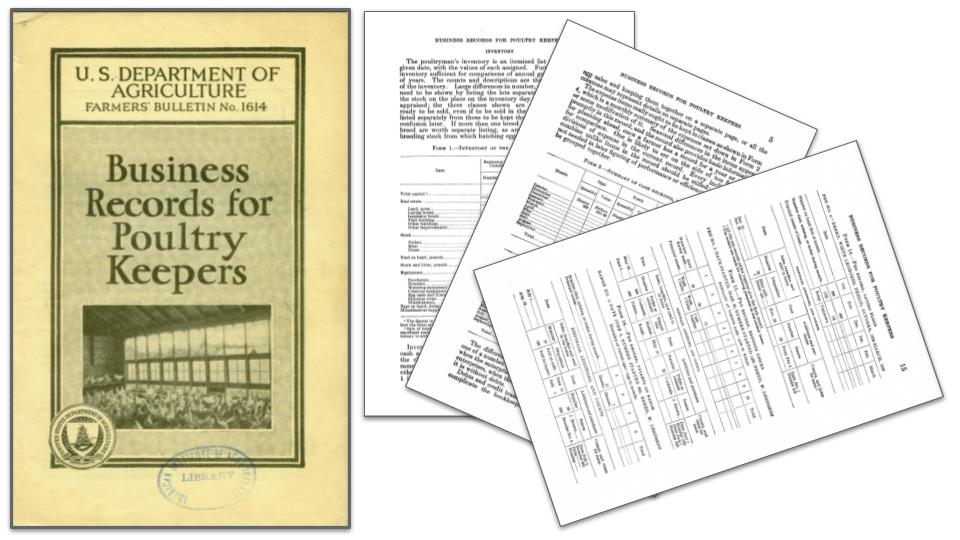
- Usefulness of poultry records
- What records to keep
- Inventory
- Receipts and expenses
- Egg-production record
- Feed
- Labor record
- Sales records
- Records of eggs and poultry for household use
- Pen records
- Incubation and hatching records
- Diary or notes on management
- Making use of the records
Want to pick up a copy?
Step #8: Subscribe To Poultry Project Reporter 2.0 (Fill-In-The-Gap PDF Builder) Software
When I began writing The Big Book Project, I had one goal in mind:
To demystify investment proposal writing for start-up farmers.
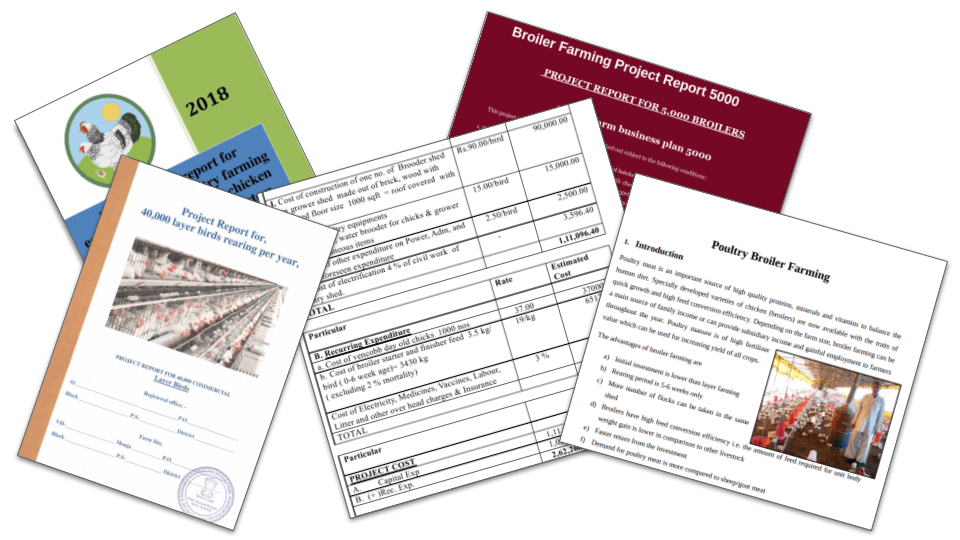
By trawling the endless blog posts and comments in the small agribiz space online,
It became clear that MANY of us have the ambition to start up.
BUT…
- see borrowing as the only root
- underestimate their business plan as just a means of getting a loan
- grossly misunderstand how to model production to make a profit
…and I desperately wanted to change turn this on its head.
Only, I made up my mind that I wasn’t going to go the traditional consulting route.
Why?
- Too expensive
- VERY limited
- Anti self-sufficiency (clients grow dependant)
So, what were the alternatives to consulting?
- Perhaps, author a book
- Develop a proprietary software
- Run online courses
…these were just a few.
Then after extensive research and thinking things through…
…I settled for all 3 of the above alternatives, wrapped up into one package:
A book, plus bespoke software and an online course.
The result?
Enter: The Big Book Project
The Big Book Project (https://thebigbookproject.org)
- An online eBook – pushed by a blog.
- A spin-off digital business planning tool called Poultry Project Reporter.
- And an online poultry farming course called Advanced Poultry Pick-Up.
In 2 years only,
the blog amassed 170,094 new search engine visitors alone
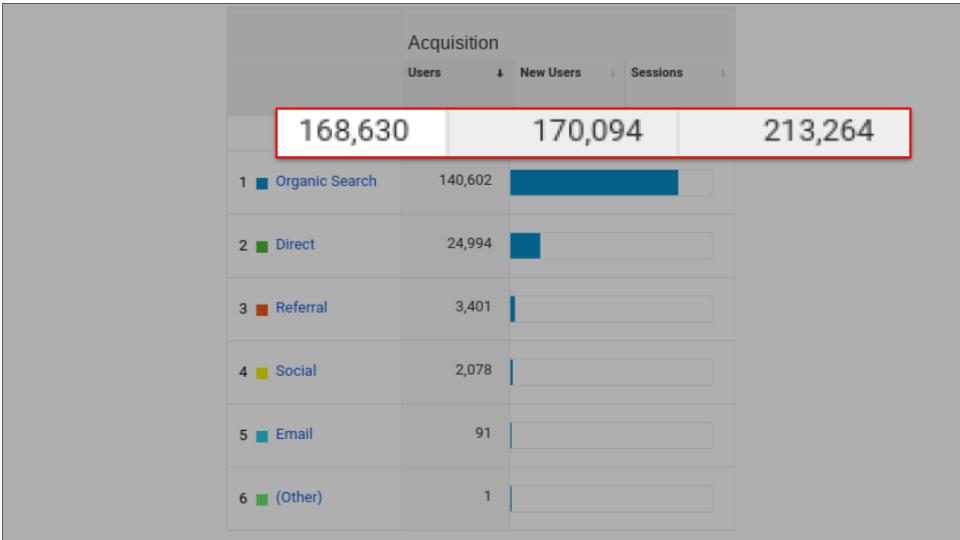
PLUS, a little over 8,000 newsletter subscribers too.
Mission accomplished.
(Well, almost – “…but what about that software?“)
Actually, one of the most popular enquiries received through my blog is for help writing poultry business proposals.
With all the best intentions in the world, there’s just not enough of me to go around the entire subscriber base giving out 1-to-1 proposal writing help.
So, I did the next best thing.
I made my advice automated (with the help of some handy digital tools) and wrote it one time only.
The result was Poultry Project Reporter and now we have just launched version 2.
What is Poultry Project Reporter 2.0?
Poultry Project Reporter 2.0: the fastest way of writing a professional poultry farming proposal
If you are looking to write a watertight poultry business proposal,
Then this Poultry Project Reporter 2.0 is a solid investment for you.
Here’s why:
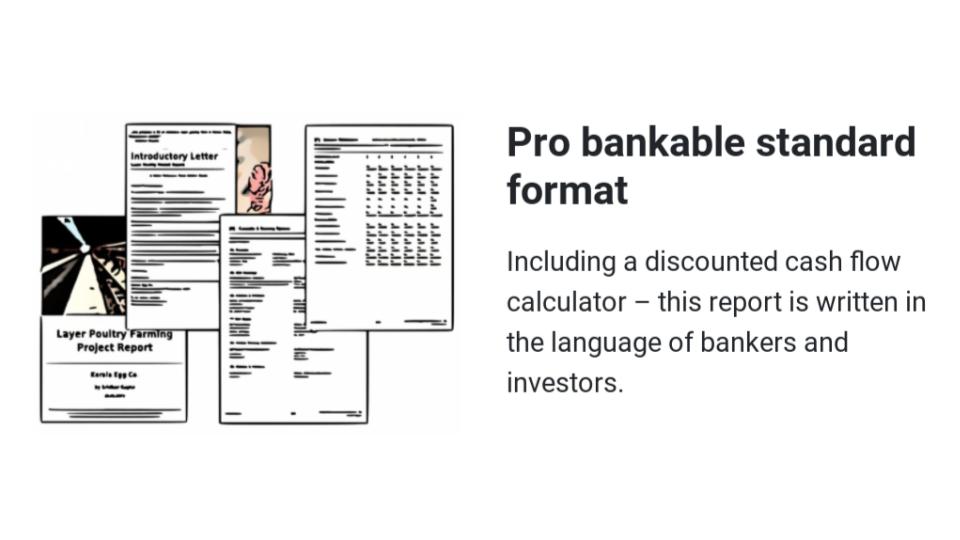
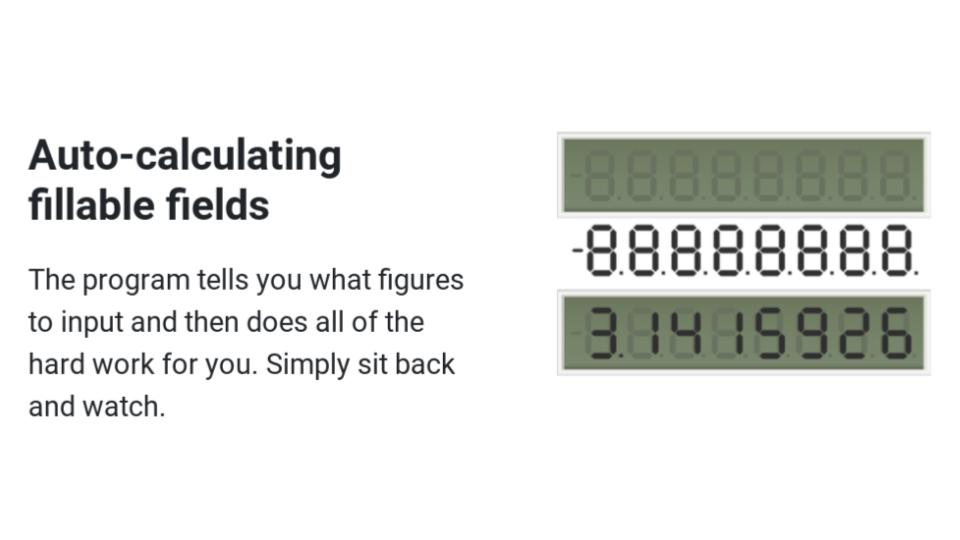
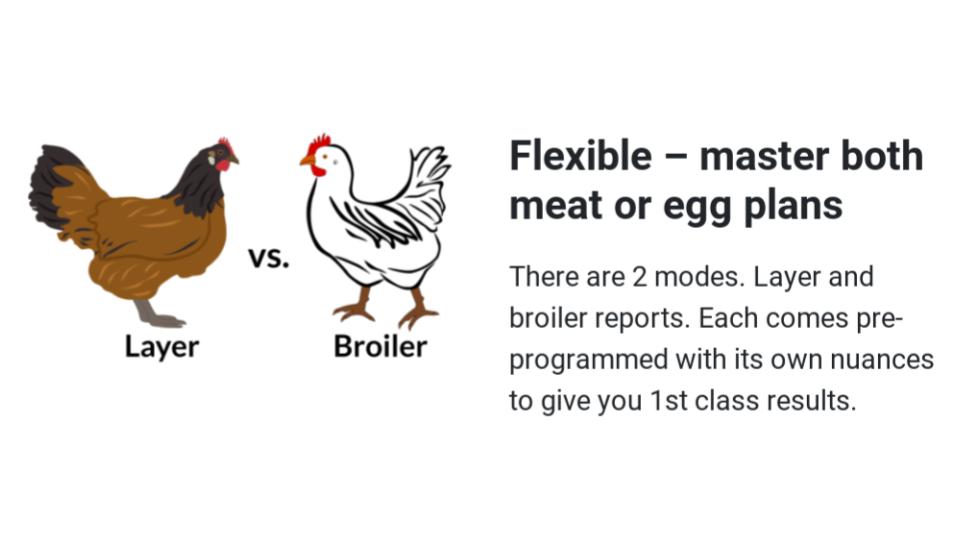

Essentially, all you have to do is type in your data into the input field and then leave the publishing (complete with PDF download) – even the calculations to PPR 2.0
Are you ready to take a closer look at Poultry Project Reporter?
Take a look at the dedicated Poultry Project Reporter 2.0 website
Step #9: Download Zero Debt: Poultry Farming Business Plan (2021) PDF eBook
Poultry farming as a topic is MASSIVE worldwide.
It seems, when it comes to the subject matter of poultry farming, every country is both ‘stalking it‘ and ‘talking it‘ online.
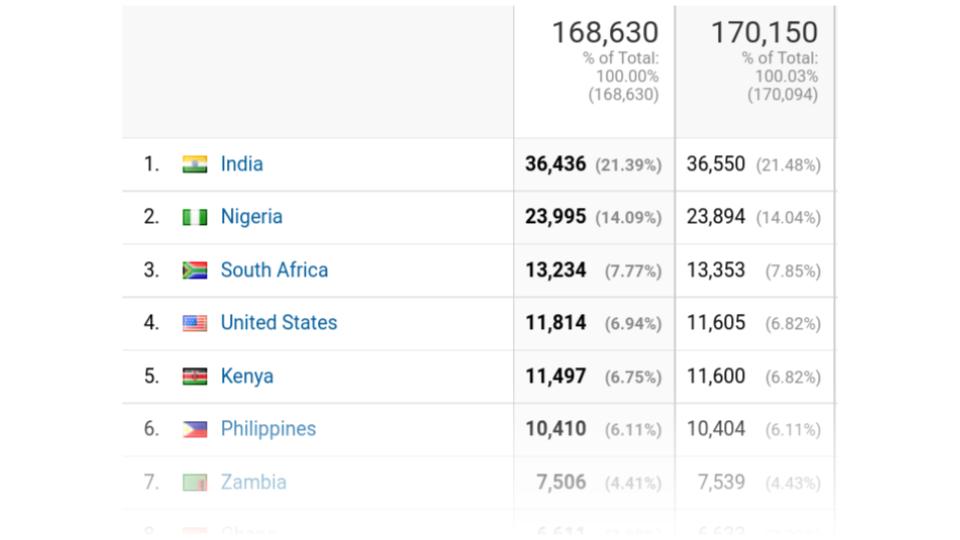
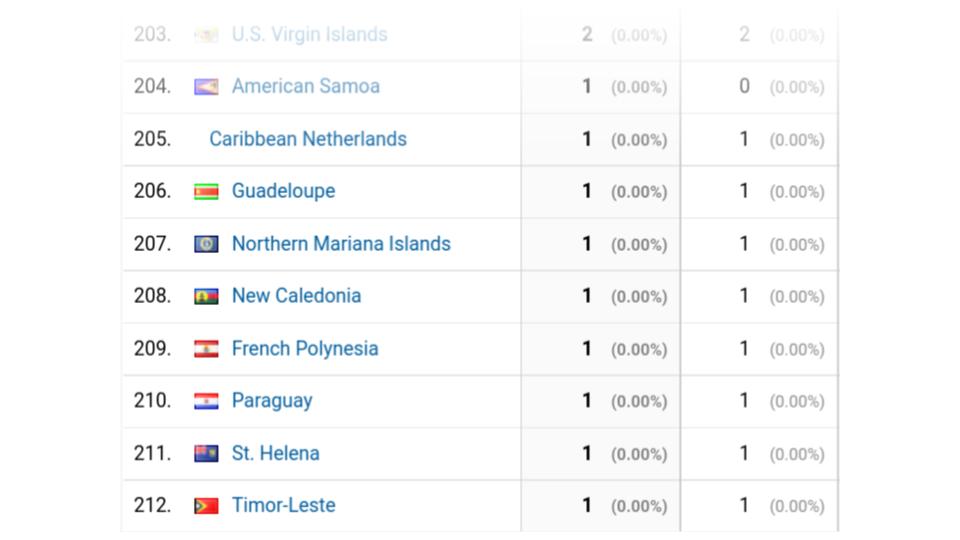
These stats from my blog above tell the tale of poultry farming and its popularity. It literally reaches every country in the world.
And despite all this talk about poultry farming business plans…
…I find a large percentage of the ‘audience’ has no capital funding availability (whether saved or borrowed). Of course, this is totally natural and a reality for the majority, AND if you ask me a great ADVANTAGE.
Take this reader of my blog:
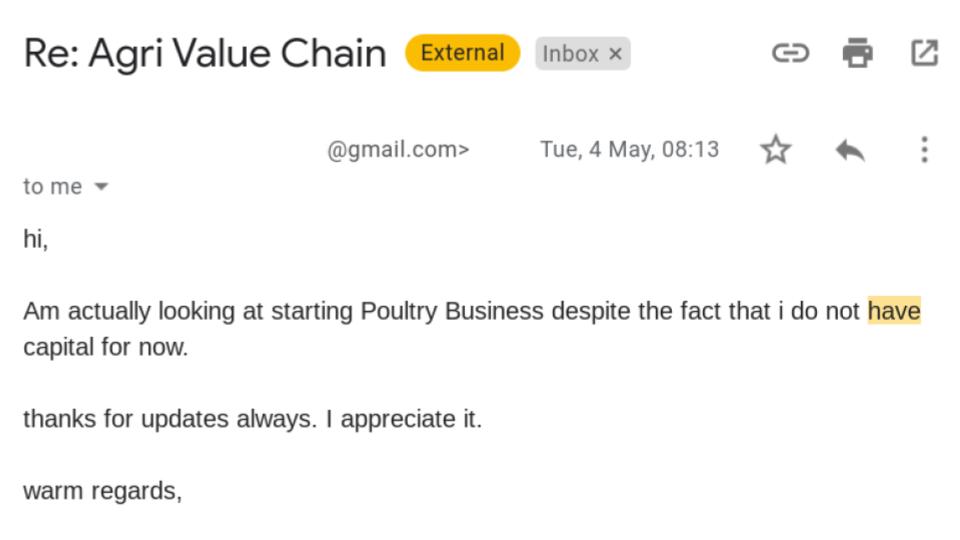
It seems many see a lack of capital as a barrier to entry when it comes to layer or broiler farming.
“But who said anything about needing significant capital to start up a profitable poultry business?”
One of the BIGGEST attractions to poultry farming surely is the LOW BARRIER to entry, LOW SETUP costs and yet HIGH profitability and cash flow potential.
But as with many theories, I suppose it remains ‘up in the air (talked about)’ until someone makes it tangible…material…possible.
This is the principle that encouraged me to step up to the plate in an attempt to ‘bat out of the park’ all doubt surrounding it…
…and finally, answer the question:
Can you start up a poultry farm with zero capital?
Yes, you can start a poultry farm with no available capital.
Here’s how…
Zero Debt Poultry Farming: the MOST REWARDING way to start, scale and establish a leading egg or chicken business
In my line of work as a consultant (professional problem solver) – the one discipline that keeps my craft alive is RESEARCH.
And as such, I come across all kinds of neat fixes that may not be for the time I find them,
But are bound to come in handy some time.
So, much like a handyman or craftsman, not wanting to let anything go that could be of use,
I end up keeping a stash of these in a ‘kind of’ strategic toolbox.
When enough time passes by whilst researching related topics,
I get enough of a head of steam to begin compiling an eBook.
This is my process.
And using this I wrote ‘Zero Debt Poultry: Business Startup Plan‘.
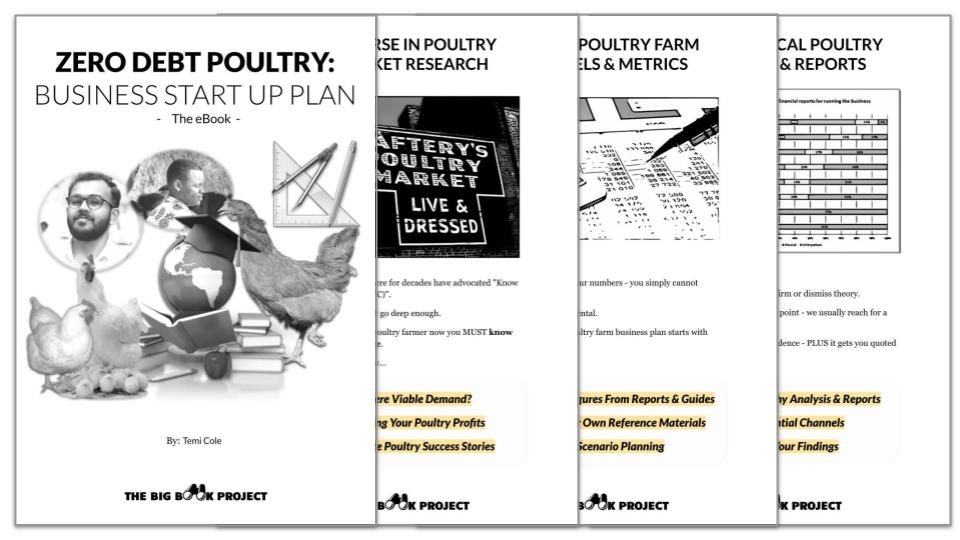
It’s a strategic playbook and secret formula for how (with no borrowings or savings) you:
- turn your poultry startup idea into a market-leading farming enterprise
- BEFORE you yield your 1st egg or carcass.
Want the PDF download?
Become a paid subscriber today and download Zero Debt Poultry Business Startup Plan.
Step #10: Download Grow AgriBusiness Faster Classes
I had to refrain from using the phrase, “Masterclasses”…a bit presumptuous for my liking.
Aren’t we always needing to ‘add on’ – even after many years of experience? Are ever really the finished article?
Whatever your answer to those questions is,
I do think what is indisputable is the benefit of someone else’s EXPERIENCE when you don’t have any…
…experience saves loss…
…loss of:
- time
- money
- effort
- believe
- tears
- courage
…and in the case of business startup, the benefit of experience in some critical areas can be the difference between success and failure.
And where so much is riding on you making it work,
Getting the right experience is HIGHLY valued.
Equally, identifying the most advantageous area of learning carries importance.
So, what area of learning would you say has the most impact on farming success?
According to this study,
‘Farm Business Management Skills a Missing Link For Smallholder Farmers: A Case Of Malingunde, Malawi‘ (European Journal of Business and Innovation Research 2016):
Just one of many studies which declare a link between business management discipline and better economic output.
Other quotes from the study bear reference to previous works:
“Generally, management is a human responsibility and skill that drives economic activities and development (Oghojafor et al, 2012).”
“Smallholder farmers need to be better equipped with business management skills if they are to play a central role in improving agricultural productivity (Mohit, 2012).”
So, there you have it – business management is the most influential skill set you could acquire for succeeding with your poultry startup.
But is there really a shortage of business management material on the internet?
Not according to Google,
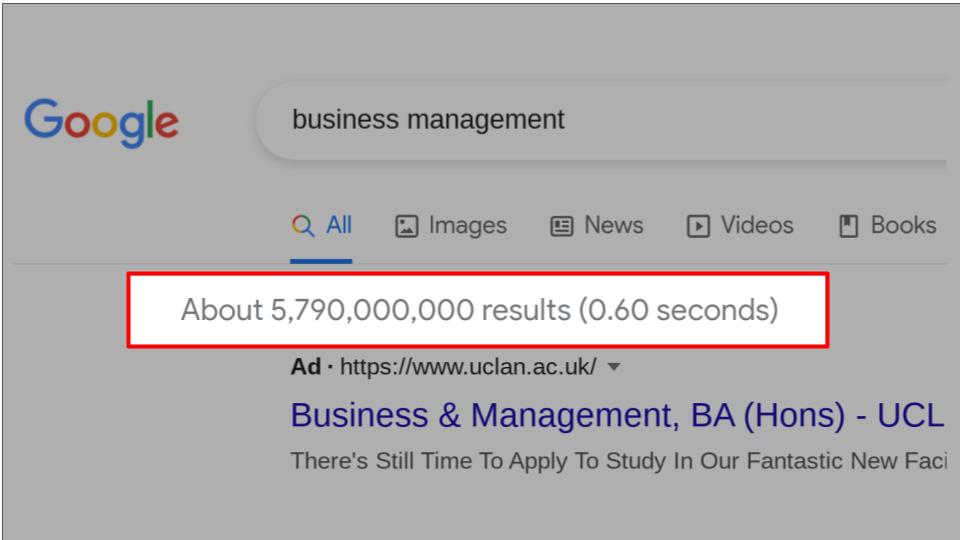
As you can see above, it took Google 0.6 seconds to return almost 6 BILLION results for the search term ‘business management’.
That’s a FLOOD of management content.
But…I ask:
- Is all of it good? Or at least suitable for a startup poultry farmer?
- Also, where do you begin?
To save you ENDLESS wandering from page to page online,
I have neatly packaged a power-packed portfolio of business management tutorials tailor-made for EVERY startup farmer…
…called “Grow AgriBusiness Faster Classes”
Grow AgriBusiness Faster Classes: instantly download 15 years of 1st class management expertise (& speed up your poultry profits)
The purpose of these tutorials is to make common with you some of the most valuable business management lessons learned in my 15 years of management.
They span a corporate and independent consulting career, including:
- global best practice
- corporate currency exchange
- financial investments
- small business strategy
But the goal is simple…
…to make hard things simple for you to ‘master’ (…there, I’ve said it now…) to save you any potential material losses of getting it wrong.
These lessons should help you to get it right, 1st time.
The GREAT thing about these tutorials also is that they are all written from 1st hand experiences and lessons learned. Nothing academic – all true to life.
Here’s currently what is included:
| Marketing Strategy | How to devise a marketing strategy for your poultry farm that excels against all others placing you firmly in front as a market leader. |
| Business Case Template | How to develop and pitch compelling startup business cases and attract the right attention (including PDF template). |
| Direct Selling | How to target, approach and negotiate successfully with prospective customers to make and maintain profitable commercial arrangements. |
| Marketing Communications | How to develop, draft and deliver the most influential marketing messages to key customer audiences and drive real sustainable growth. |
| SWOT and PESTLE Analysis | How to line up your business’s internal strengths and weaknesses against opportunities and threats within the economic marketplace & make more successful decisions (including PDF template). |
Want to access the Grow AgriBusiness Faster Classes?
Become a paid subscriber today and fast forward your management abilities.
Step #11: Download Poultry Project HUB PDF eBook
Are you currently working on a feasibility plan & business proposal for your future poultry farm?
Then this resource is the ideal pocketbook and project reference guide for equipping you with EVERYTHING you need to draft a winning plan.
It’s called the Poultry Project Hub…
Poultry Project Hub: a jampacked project resource library giving you 100’s of angles on planning optimal profits
This has to be the most plentiful online digital resource for assisting your poultry business proposal writing.
Here’s a quick round-up of its contents:

In short, the Poultry Farming Project Hub contains:
“…over 20,501 words, 200+ rows of data tables, as well as 30+ screenshots/images, sample calculations, case studies and more.”
If you are looking for:
- sample plans
- expert poultry business consultancy
- step-by-step calculations
- definitions and equations for investment metrics
- case studies
- detailed ‘explainer’ articles on hard to understand model concepts
…then this is an unmissable opportunity for you.
Visit the library and its FREE resources now.
Want to download the entire library in PDF instead?
Become a paid subscriber and get the PDFs.
Step #12: Take The Poultry Farmer’s Business Quiz
This is very simply – a little bit of light relief if you are finding the whole exercise of business planning a little…frustrating.
There are 15 questions in this quiz.
Each covering a key poultry farming discipline.
It’s multiple choice and nothing too heavy.
Ideally, you might use them to sharpen up your general strategic business awareness.
Enjoy!
Try the poultry business quiz.
Step #13: Download Poultry Project Planning Toolkit eBook v.1
I made this as a complementary guide to be read alongside sample poultry plans.
Why?
To help you better DIRECT the planning process.
To have you asking the right questions and taking the right approaches to assemble your poultry business plan successfully.
Plus, I provide insight into:
- production modelling options and,
- uncover flawed assumptions.
These points above are often sticking points and wrong turns for many when building a plan.
This eBook helps you avoid the loss of time and effort getting tied up in with grey spots.
And here’s how…
Poultry Planning Toolkit eBook: avoid common planning errors by having this on your desk as you work
I’d go as far as saying that you shouldn’t begin writing your poultry farm business plan UNTIL you’ve read this.
It does the job of ironing out all the usual sticking points that trouble and prolong planning.
Issues such as:
- modelling choices
- how best to plan your earnings
- how to measure profitability
- how to do capital planning
…are opened up with ease and made plain.
Here’s the chapter line-up:
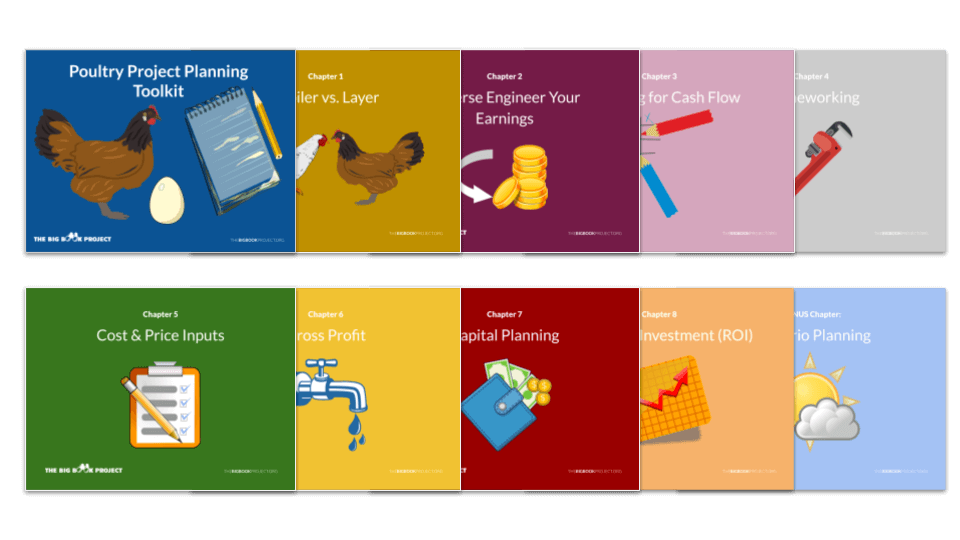
- Broiler vs. Layer
- Reverse Engineer your Earnings
- Modelling for Cash Flow
- Frameworking
- Cost & Price Inputs
- Gross Profits
- Capital Planning
- Return on Investment
- Scenario Planning
I designed it to answer ALL the key strategic planning questions.
I’d say, the real value of this eBook is that it prevents false starts by filling in the common knowledge gaps.
A great time saver.
Take a few minutes to read a chapter for free.
Want to download the entire PDF eBook?
Become a paid subscriber today and get expert direction for writing a successful poultry business plan.
Step #14: Download Poultry Business Start-Up: Recommended Digital Tools of The Trade
This one is quite simple.
If it’s ever cross your mind to ask,
“Hey Temi, what website software do you use?”
Or,
“What service do you use to send out those email messages?”
For example,
I use WPMUDEV as my web hosting partner.
They are just right for The Big Book Project currently.
It’s true that there are many cheaper web hosting services out there,
But the operative word here is *SERVICE*.
When I fail, they pick up the pieces and always ensure The Big Book Project is constantly online.
No downtime, no curveballs, no disasters…you see everything coming LONG before it hits, giving plenty of time to react successfully…PLUS, when trouble hits, they REALLY know how to rescue a WordPress website. Hands down.
I have no complaints and many good things to say…if you are looking for an expert WordPress website support team – I couldn’t recommend them highly enough.
Learn more about WPMUDEV here.
(The link above goes to their website and of course costs you nothing. If you decide to hire them, I get a small payment back. The money side has no influence though. I personally use them and happily recommend their service.)
My other tools of the trade including:
- graphic design tool
- online payment gateway
- document management tools
- email marketing platform
- CRM
- accounting program (inc. invoicing, quotations etc).
…are all neatly listed in the crib sheet.
It’s exhaustive. And comes with 10 years of self-employment and business ownership experience.
Lots of valuable, ‘hard-to-find’ gems to give you plenty of advantage.
(*Plus there are some GREAT time and budget savers in here to help you save the pennies, without compromising on quality.)
Want to download my Digital Tools of The Trade crib sheet?
Become a paid subscriber today and get a headstart on digital business services.
Step #15: Get a 1-to-1 Poultry Farming Business Planning Review
Whilst I don’t write business plans, I do review them from time to time.
From your point of view, it might be a useful pointer in the right direction.
Just the thing you need to get you out of a rut and to finally complete your plan.
A bit like this:
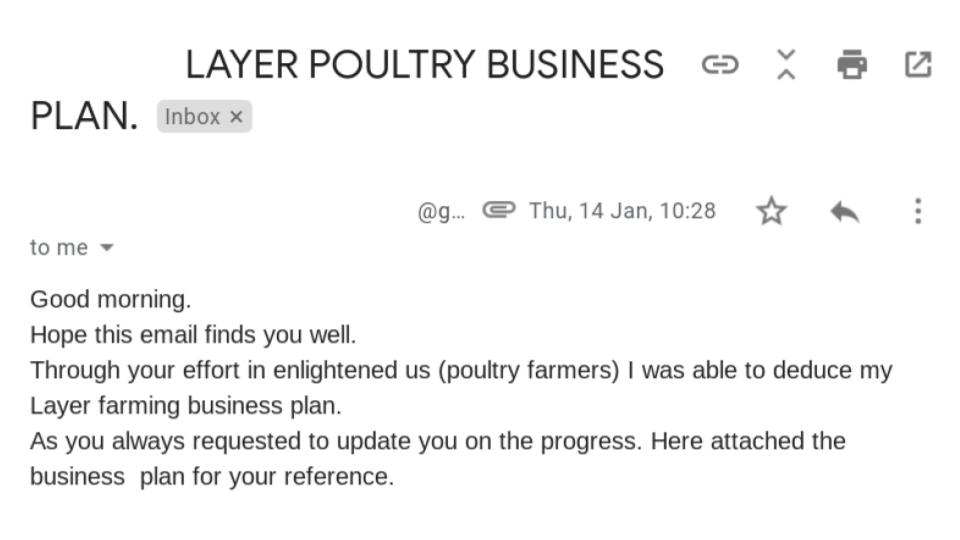
…always good to see REAL LIFE RESULTS gained by readers of The Big Book Project who put the advice into action.
Want me to take a look at your poultry farm business plan?
Become a paid subscriber today and book your business plan review.
Now over to you…
Are you currently writing a business plan for your poultry farm?
Have you already drafted your plan?
Either way, I’d be interested to hear from you.
Leave a comment below.
